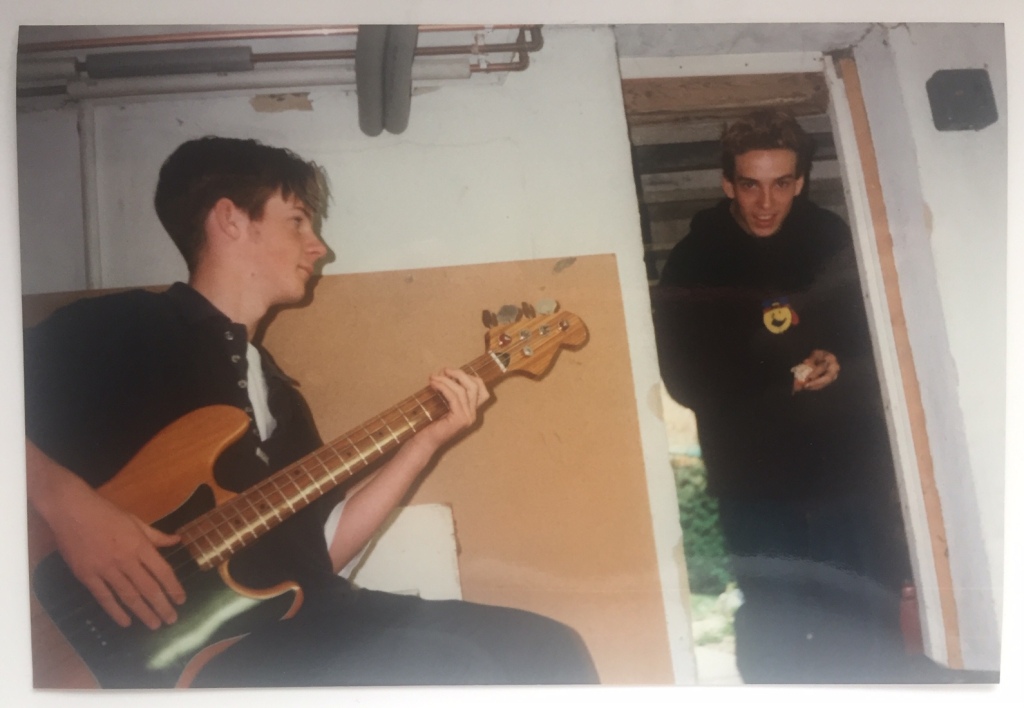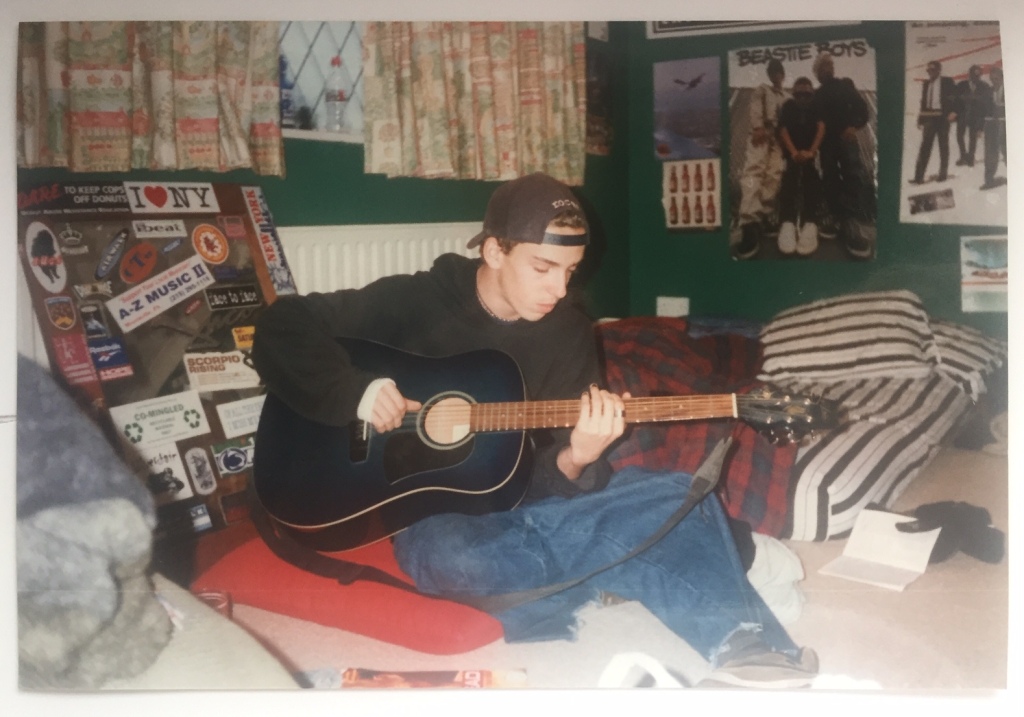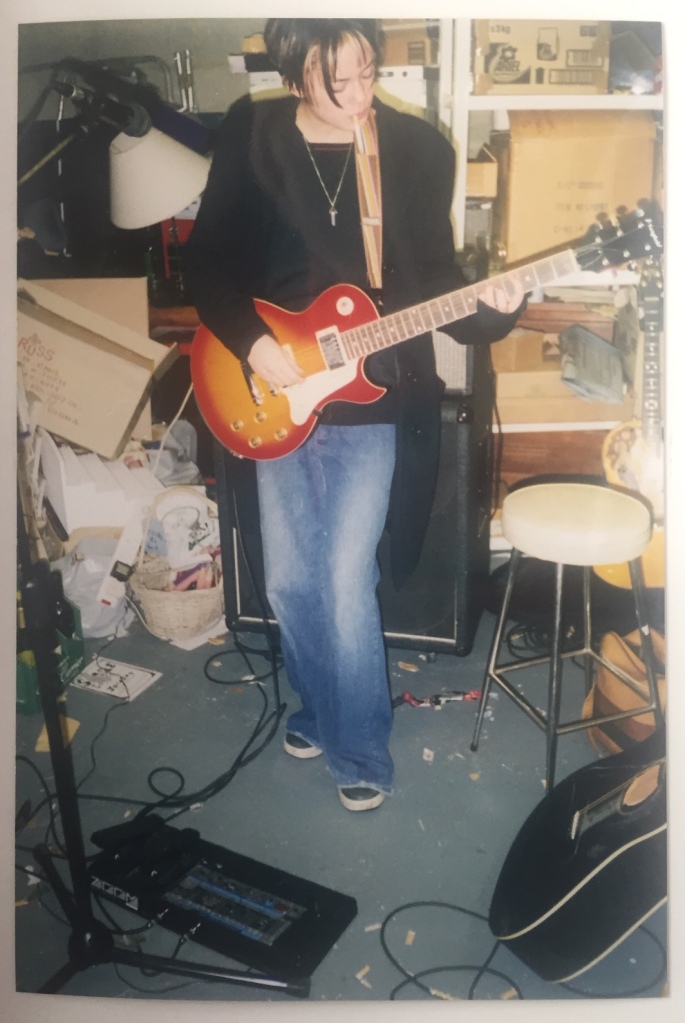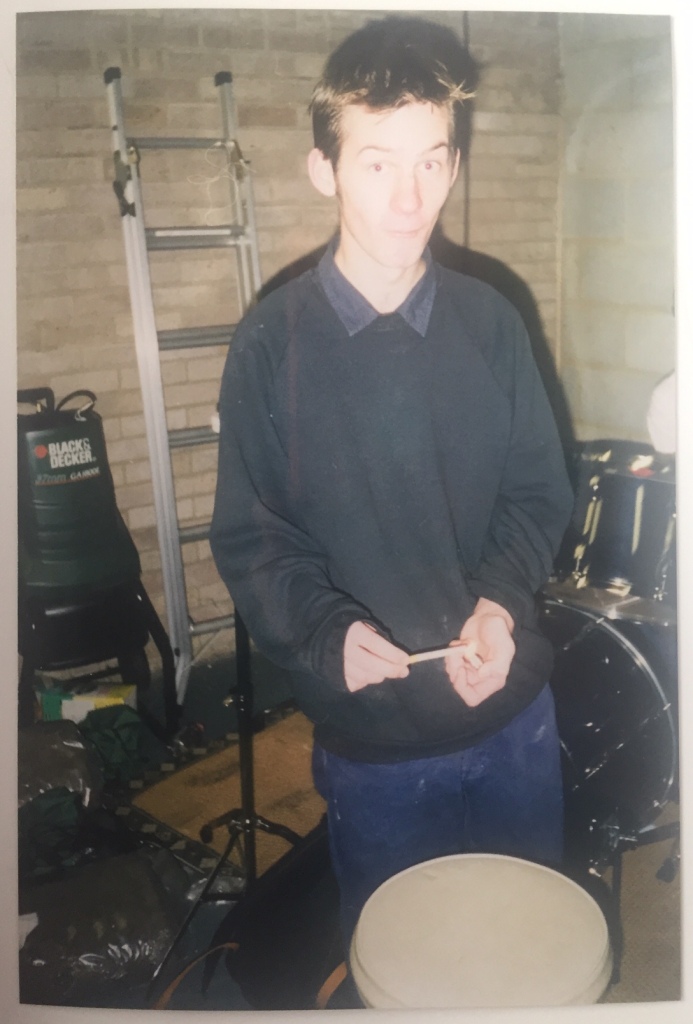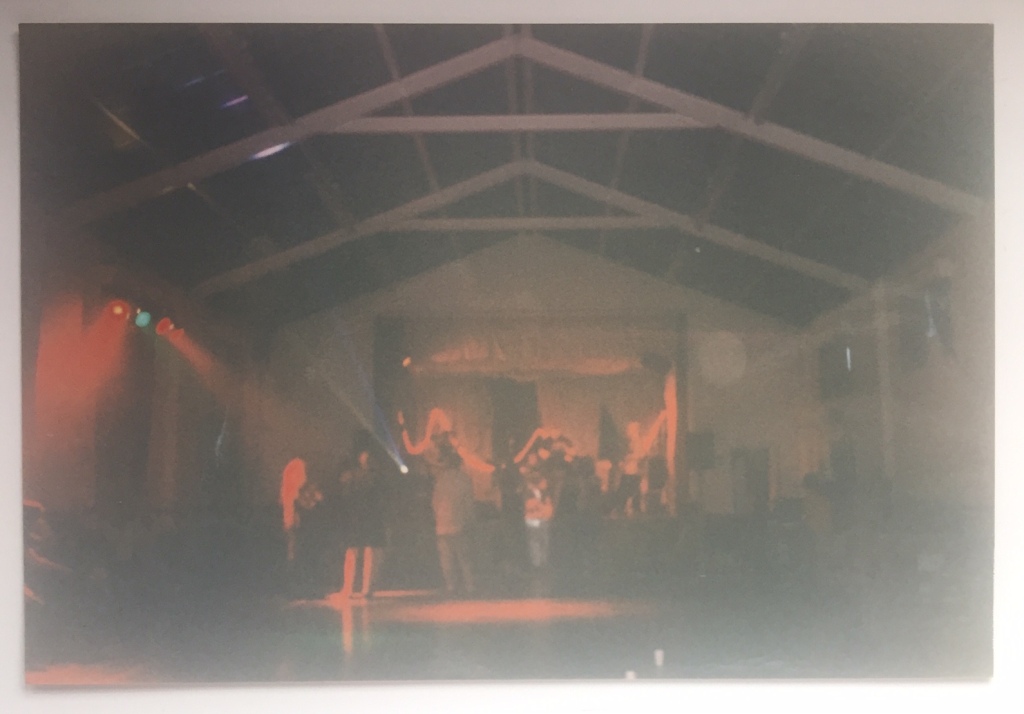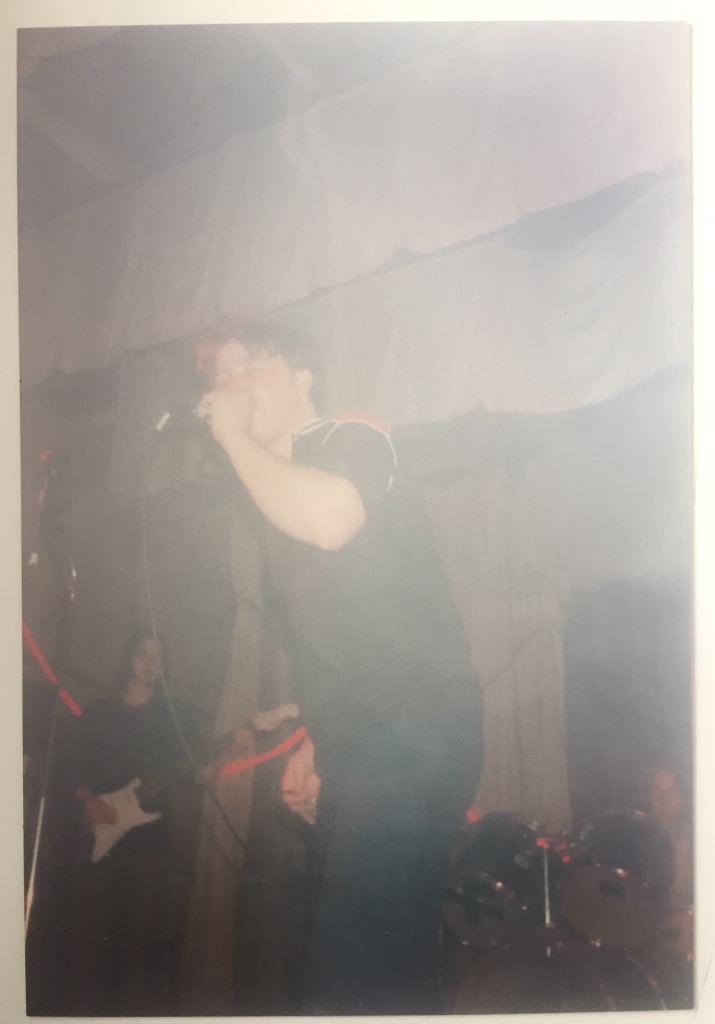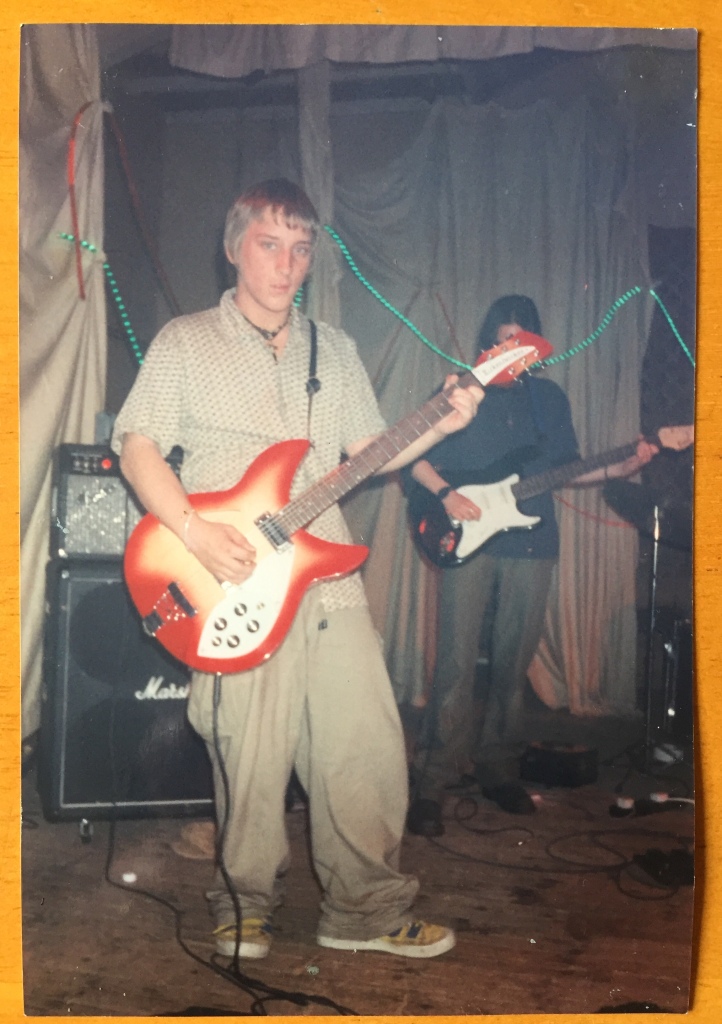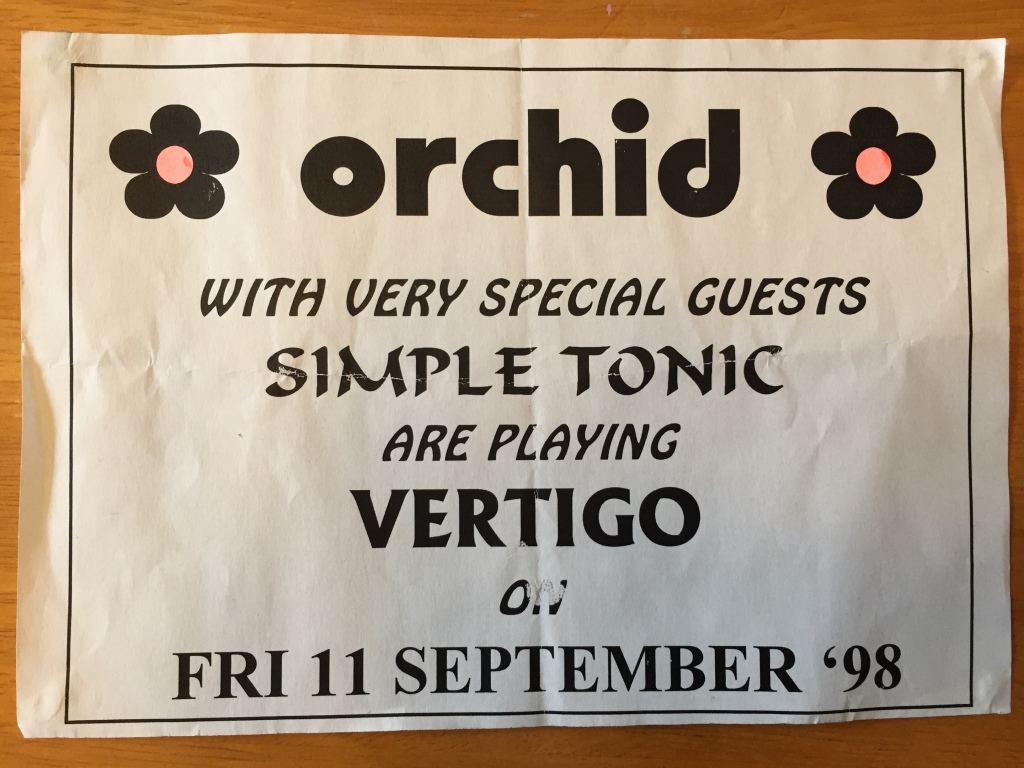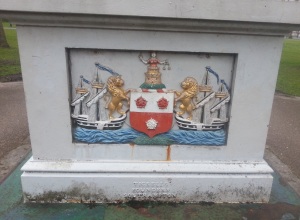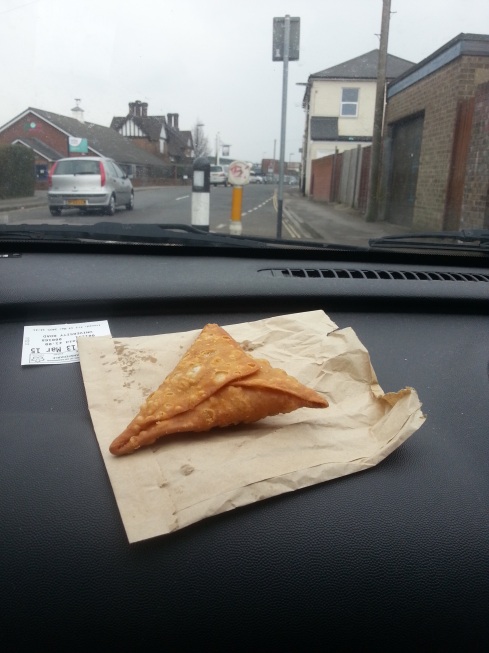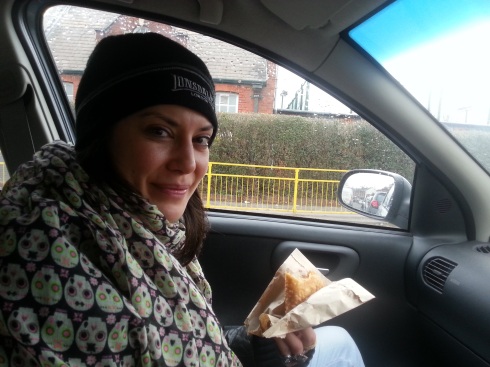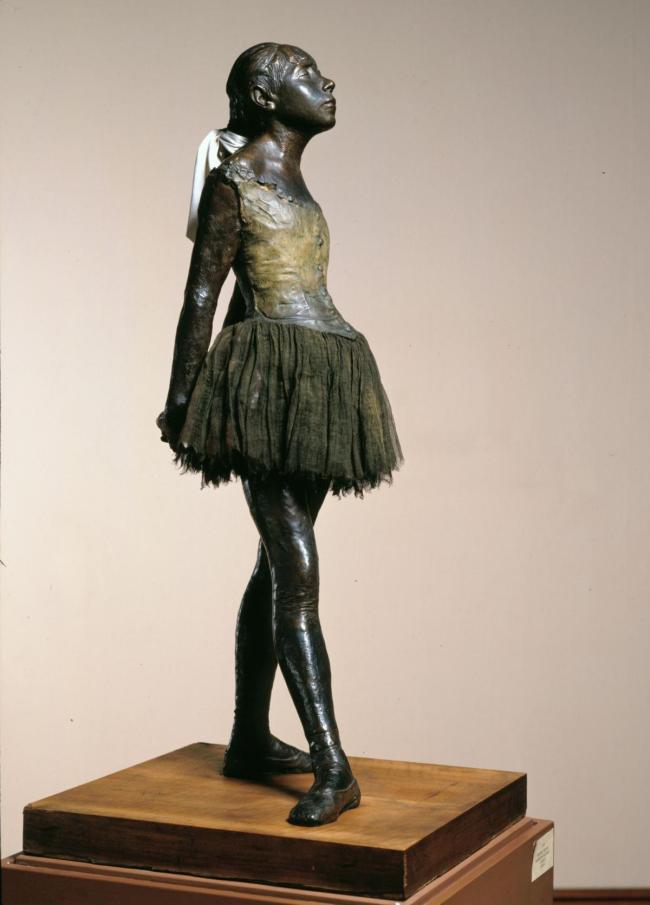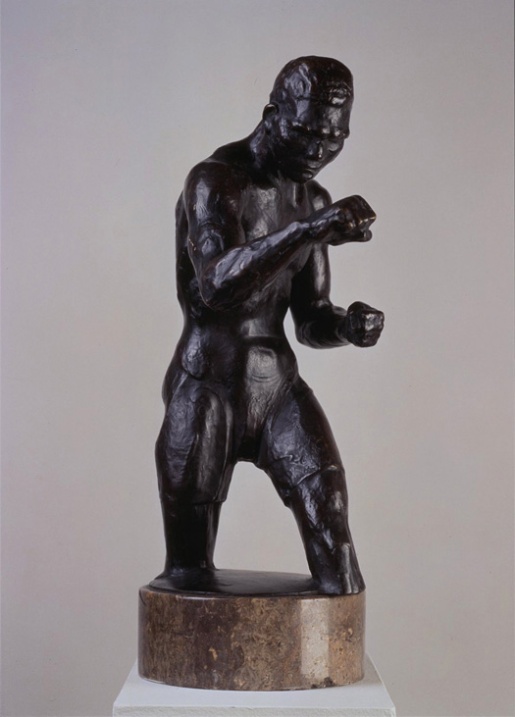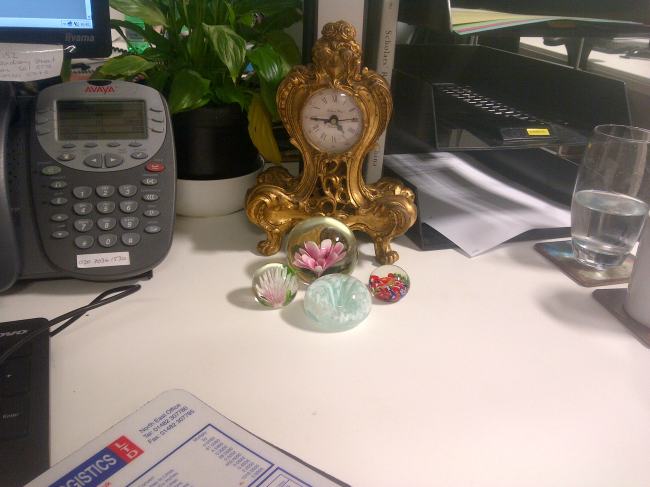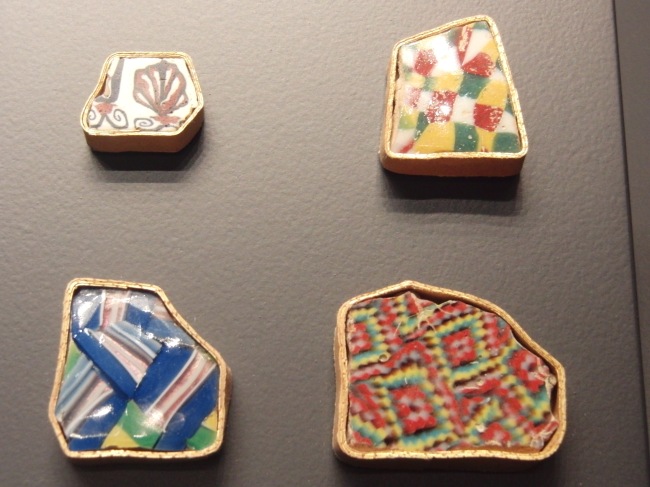On Wednesday 12july23 we went to the city center to ask people about sports. We asked 30 people a question.Here are the results
Goodbye, Carrots: The Last Day on my Allotment
15 Feb

Many parents will relate to the struggle of getting children to eat vegetables. So, when my three year old revealed a liking for carrots, I feigned grumpiness and said to her father, ‘say goodbye to all your carrots’, assuming that all the carrots from our plates would end up on hers. ‘GOODBYE, CARROTS!’ she said, gleefully looking down at them as if expecting a verbal response.

I’ve had an allotment since before she was born. A lot of her baby and toddlerhood was spent on the plot, and I naively thought that this would automatically ingrain a preference for fresh, healthy vegetables and fruits over processed and sugary foods. I was wrong about that, but there were many other wonderful outcomes from our experiences with growing food.

This was the day that I removed the last of my things from the plot and handed back the key. I closed the gates and clicked the padlock into place for the last time and I actually felt a sense of relief. It’s more work that you can imagine, tending a productive allotment garden, and I’d had enough for the time being: the grubby nails, weather obsession and constant nagging feeling that there’s work to do. Then there’s the planning, the digging, the processing; the fixing, weeding, pruning and watering. All thrilling highs and lows, if you have the time and energy.
Terraforming
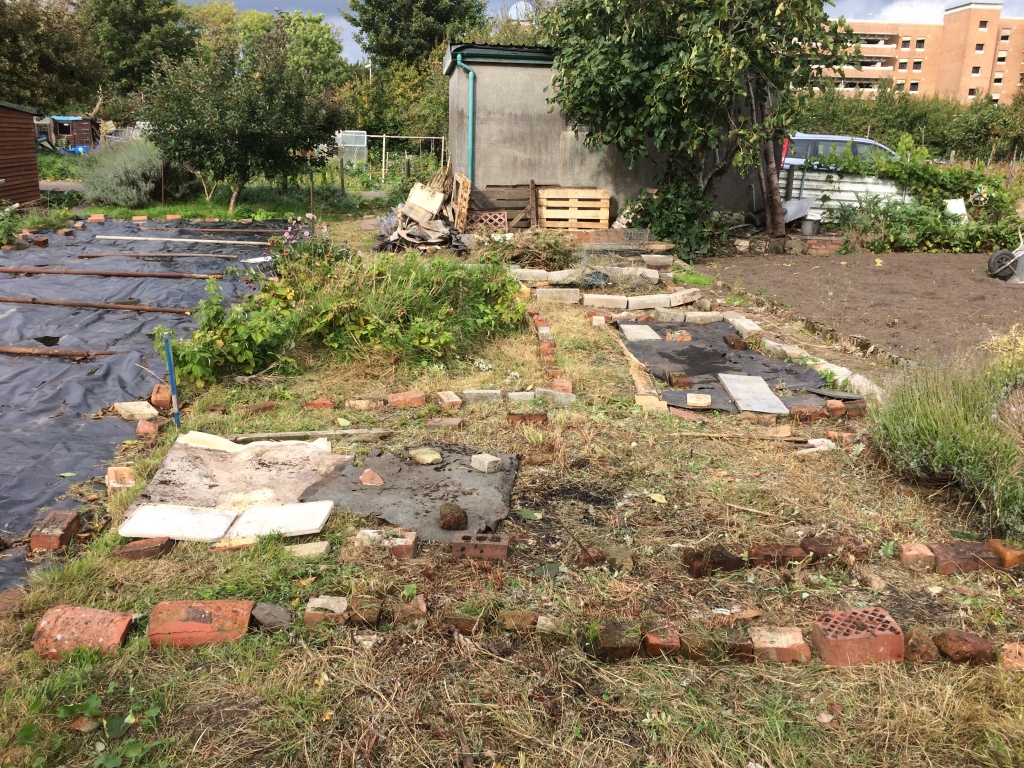
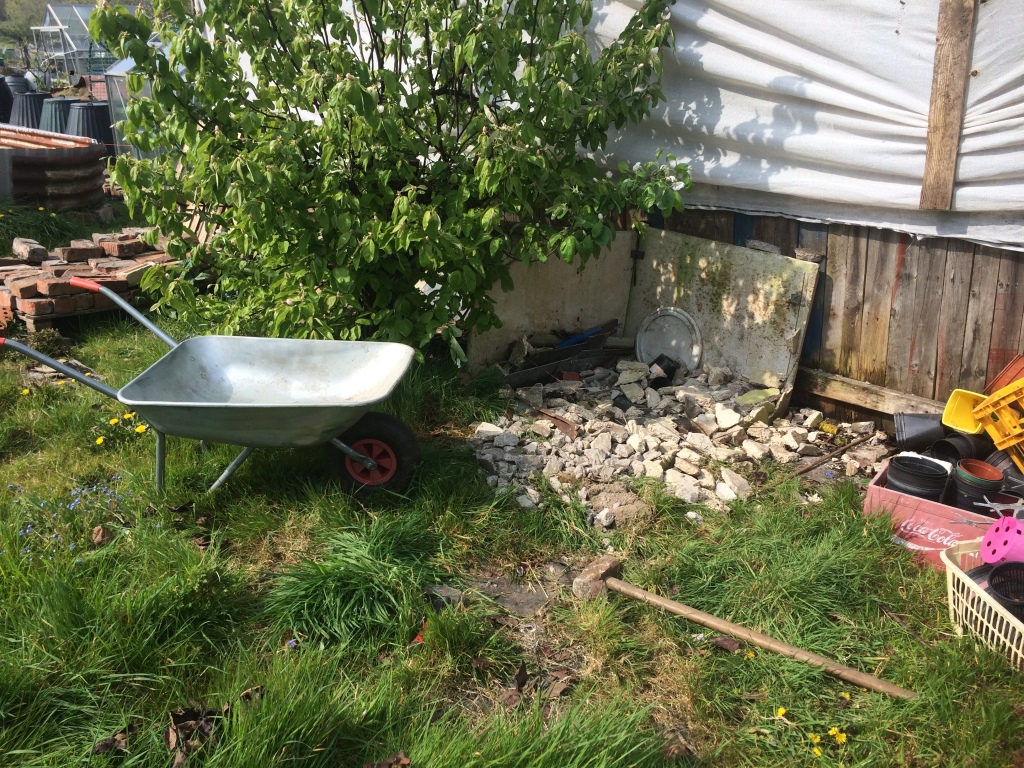






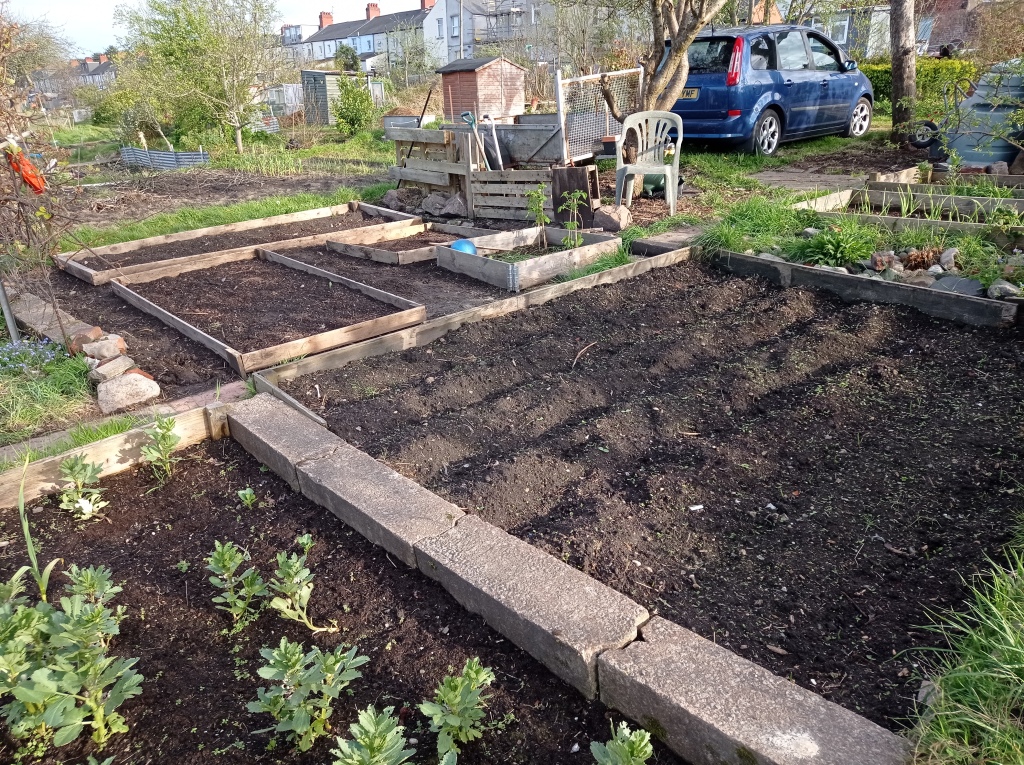
Both of the plots I took on at the site in Cardiff had something in common: they were a mess of festering rubbish and overgrown weeds when I arrived. I’ll admit that I was seduced by the transformation process. It was unbelievably satisfying, turning a neglected dumping ground into an orderly and fruitful plot. There was joy in the surprises I found: raspberry bushes, kiwi fruit, useful materials, pretty fragments of old glass and pottery. And then there was the feeling of having a clean slate, to design my own little green space.

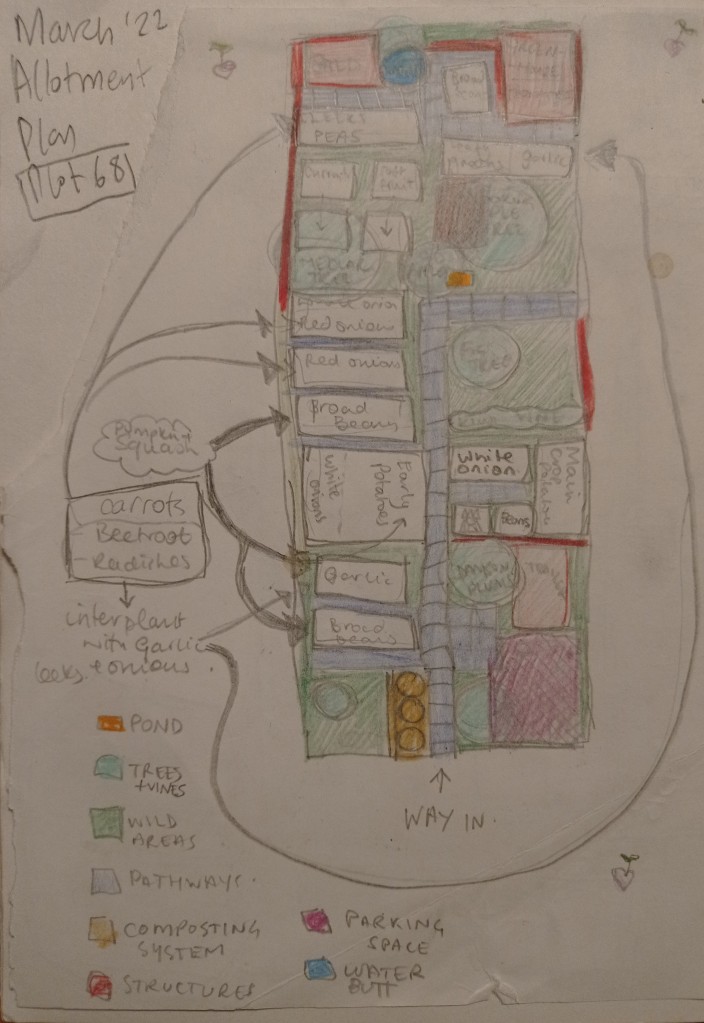
Enjoying
Despite the phenomenal amount of clearing and digging involved in getting the plots to a decent state, there were so many things to enjoy right from the start. We had picnics and messy playtime; we observed wildlife, and simply enjoyed spending time outdoors. This was especially important during the COVID-19 lockdowns of 2020 and 2021. Then there was the satisfaction of making incremental improvements and seeing the hard work pay off.
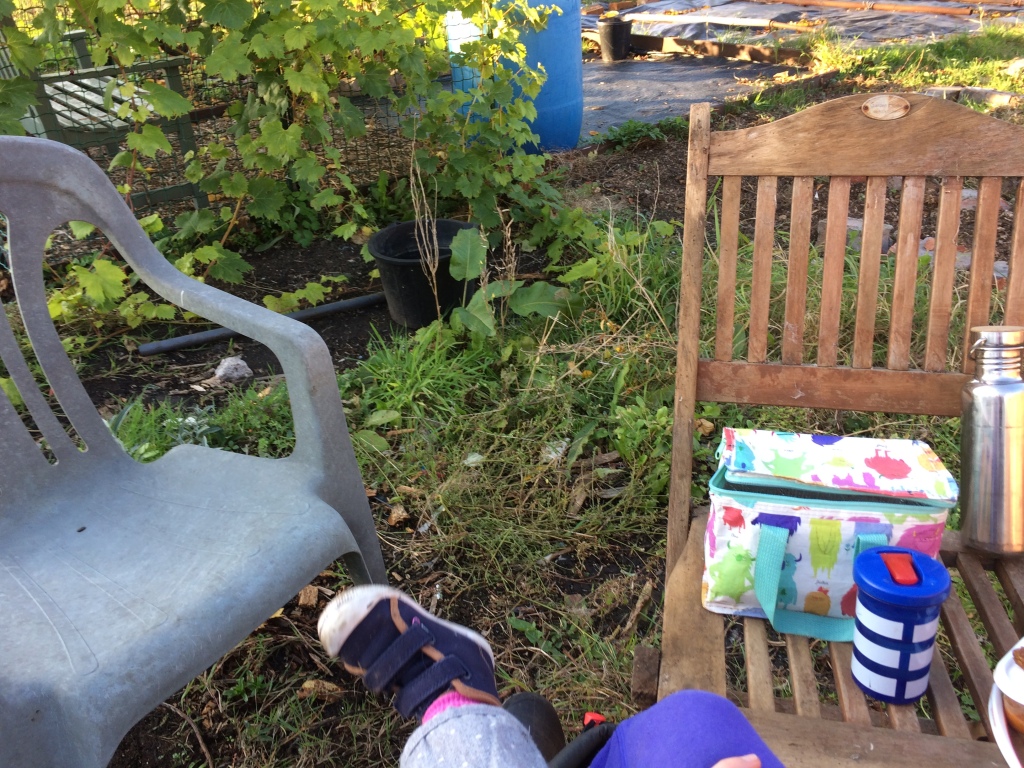


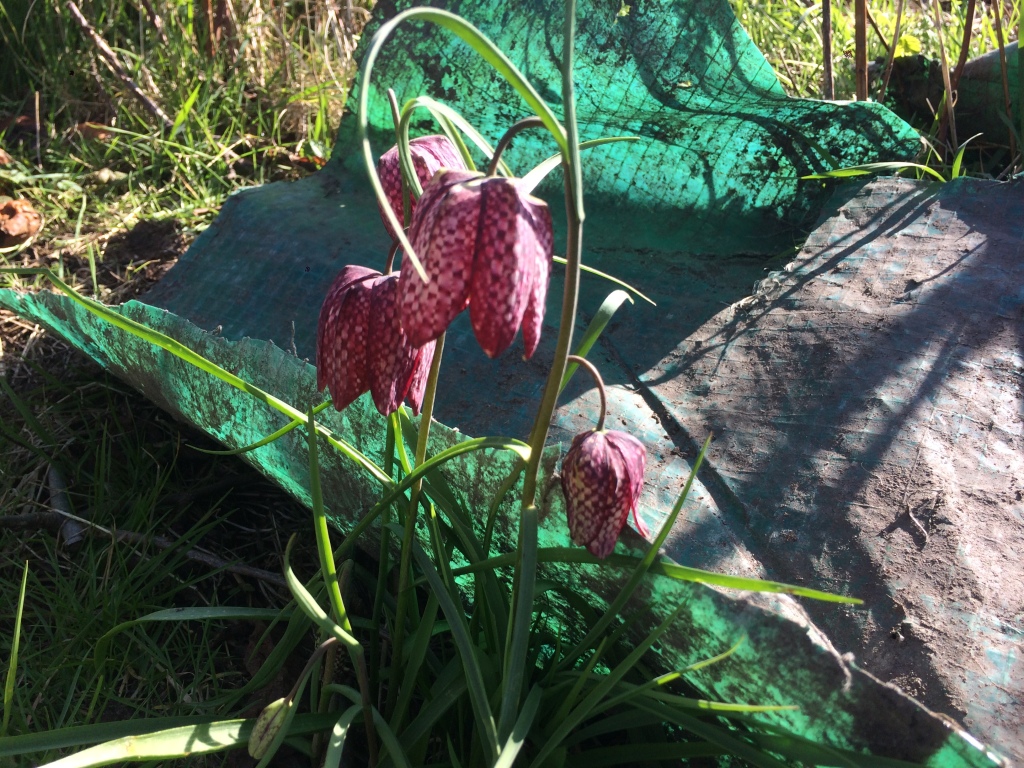

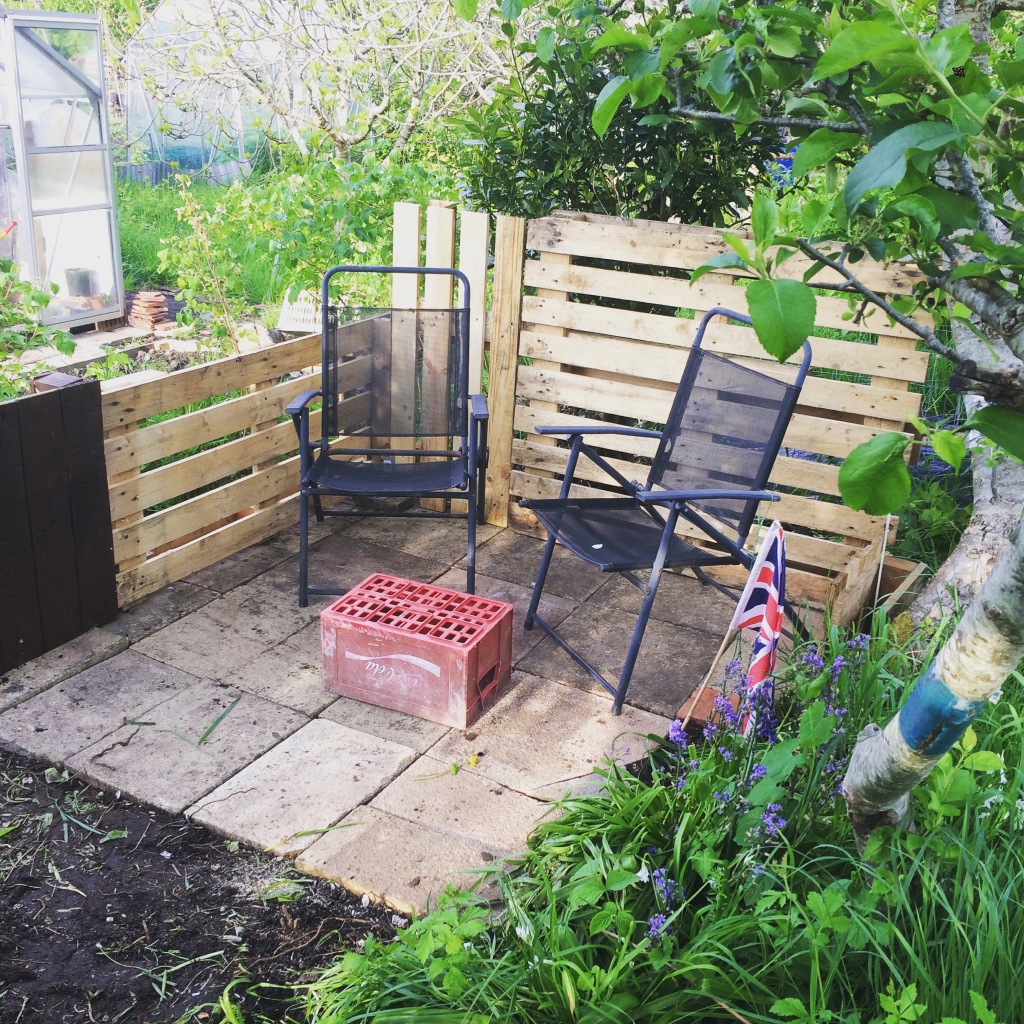

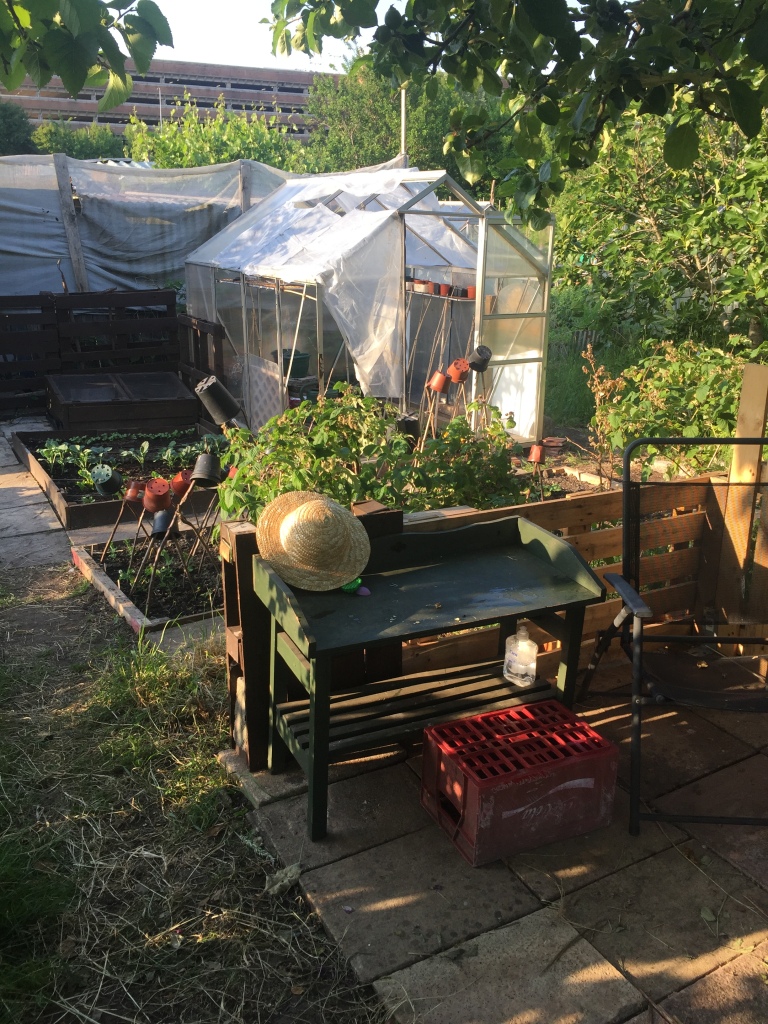

Furthermore, there were the sublime and disarming moments, where nature presented us with a spontaneous show of her delights: a frog jumping into the pond that I created from an old basin, a Blue Tit feeding her baby atop my compost pile, sunlight streaming through boughs laden with rosy apple blossom. We observed insects at all their different life stages. Sap came forth from the plum tree (I think that’s a sign of poor health, unfortunately) and I found a tiny bird’s nest in the medlar tree one spring. I still have it. It’s a marvel of intricate construction, crafted touchingly by the parent birds to nurture their babies in, and the inside pressed smooth by the little bodies that were nestled safely inside. They had made use of anything they could find, including the detritus of the man-made world, that is, synthetic fibres from the fleece used to protect plants from frost.


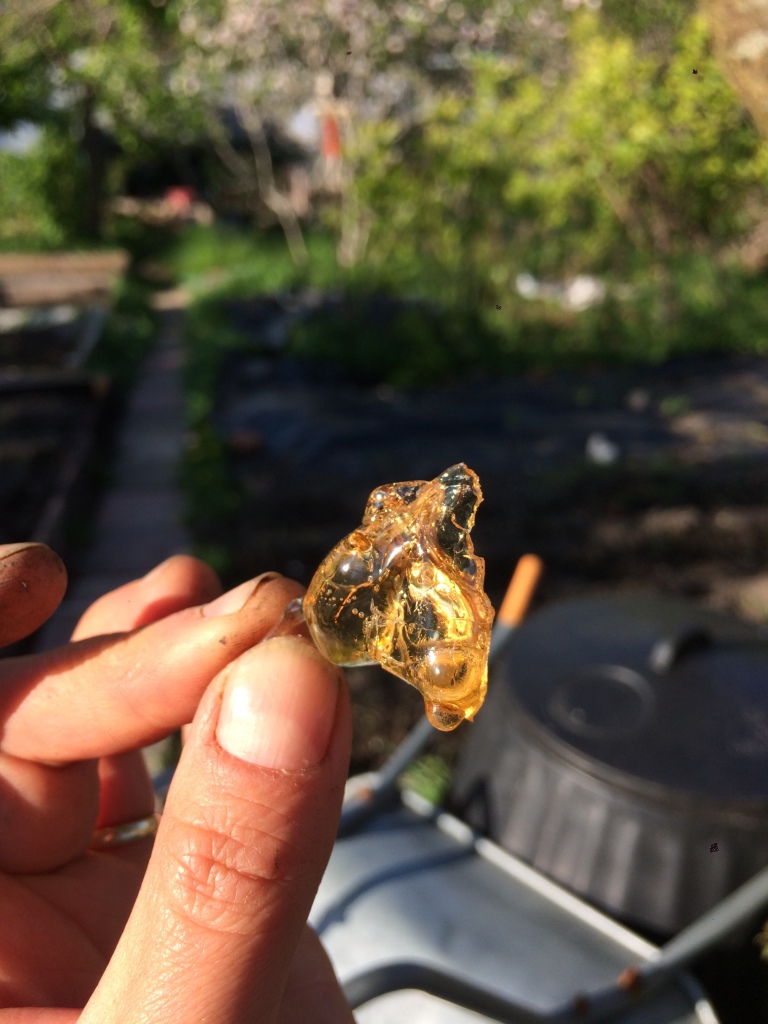
Sprouting
The magic of watching seeds turn into productive plants cannot be overstated. There’s just something incredibly vital and life affirming about seeing things grow that’s hard to explain. I deliberated, searched for information, selected seeds, compared composts, watched and waited. I waited some more, sometimes giving up hope. And suddenly, when the time was right for them, stubby furled, bright green shoots started pushing their way out of the soil towards the light.

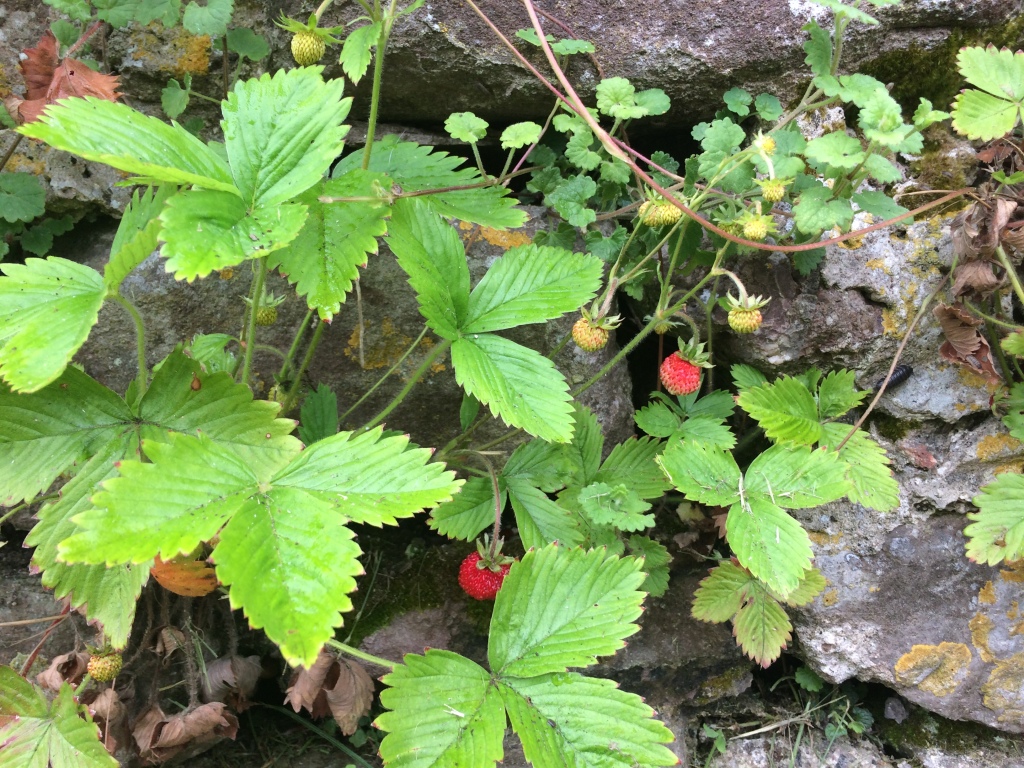
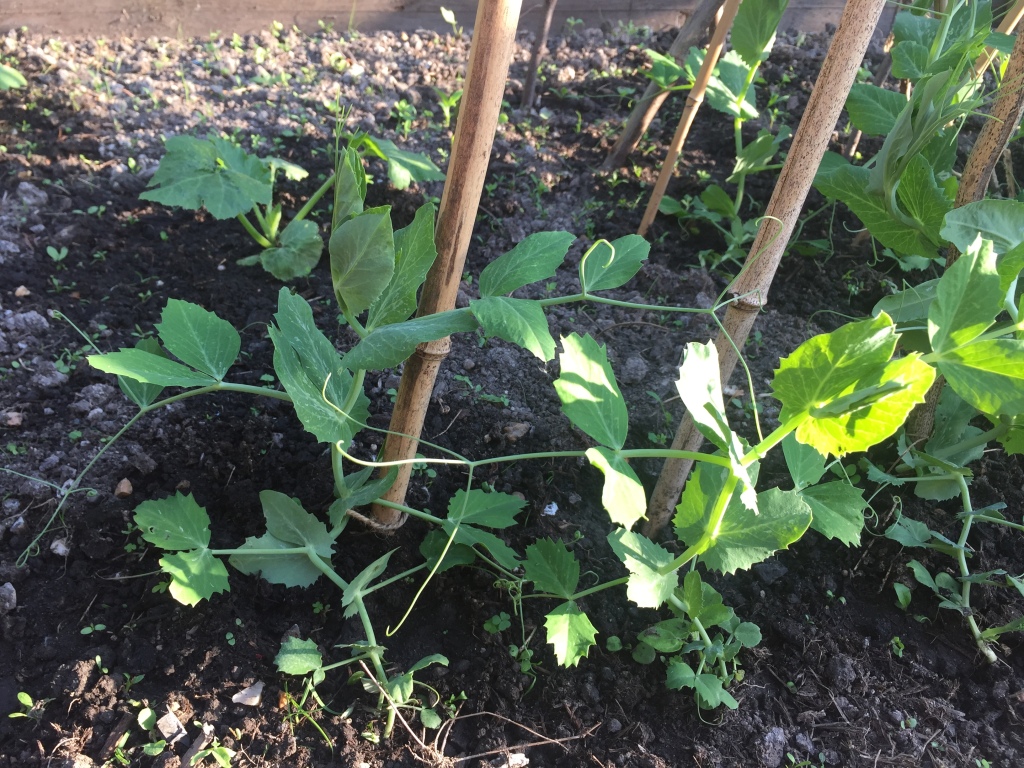

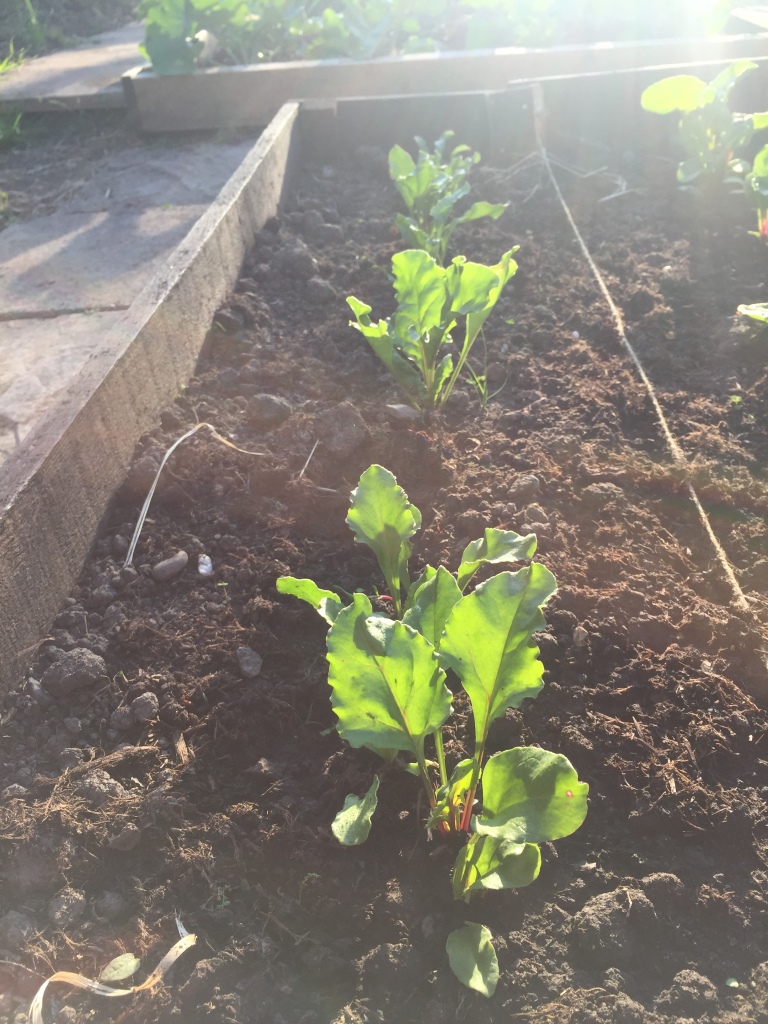
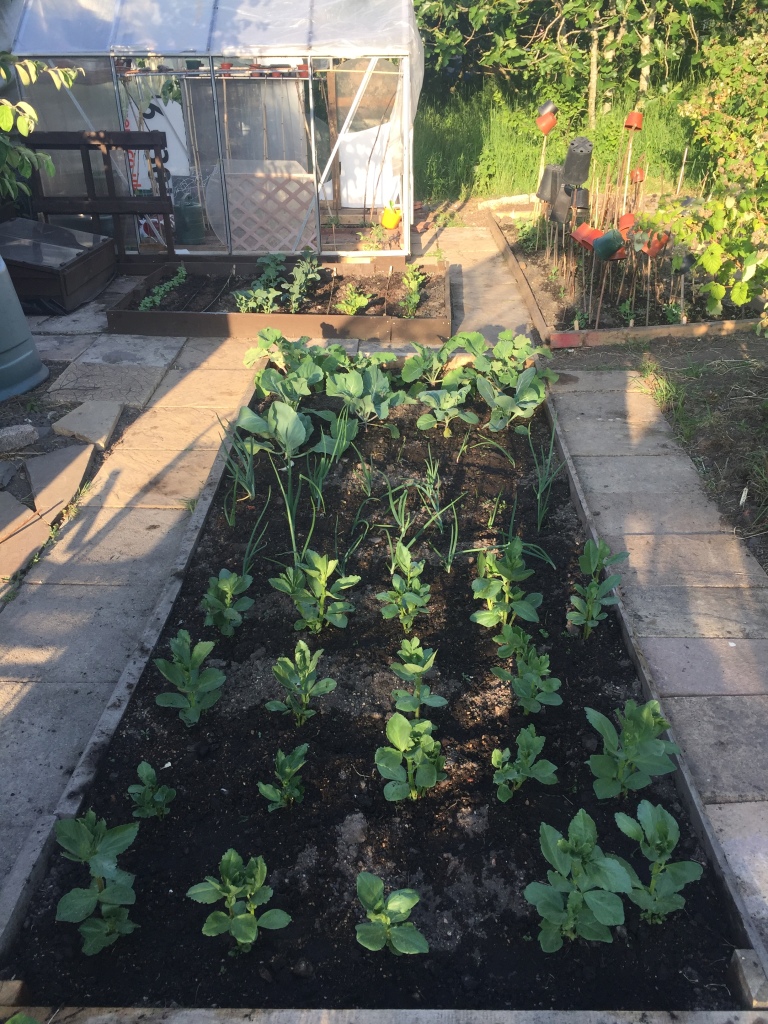
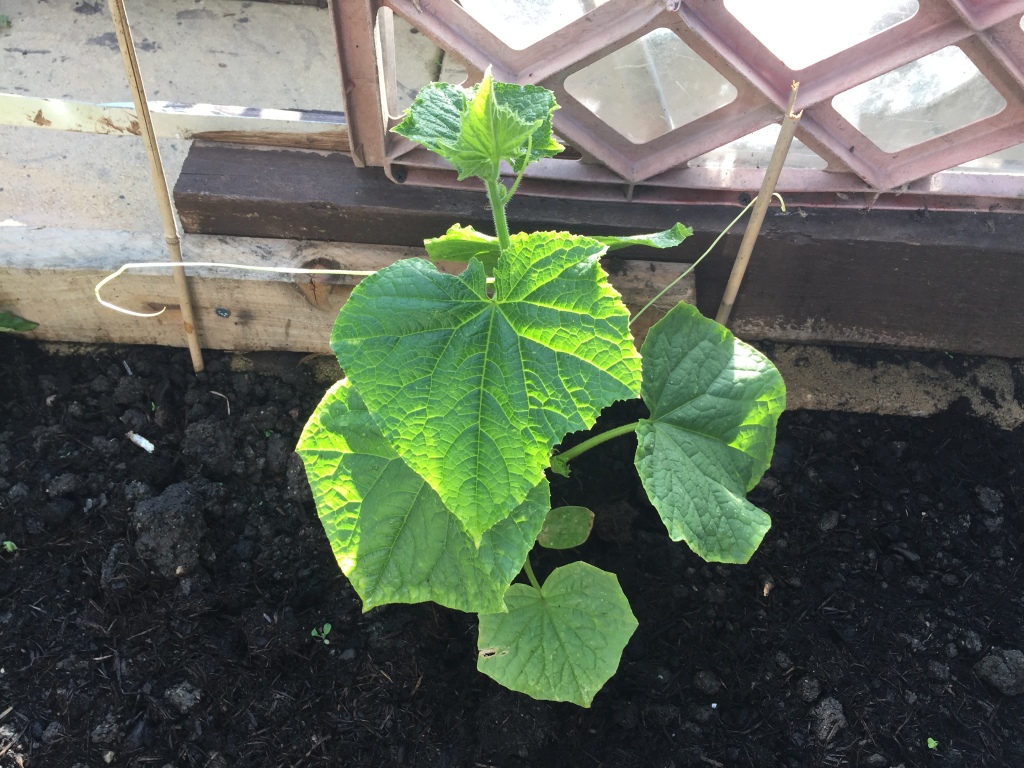


Harvest Time
It’s exhilarating, reaping the rewards of all the grafting and planning. When the time comes, around late August, early September, you get armfuls of fresh, delicious colourful produce that can be eaten just hours, even moments after it’s been picked. The flavours are incredible and it totally transforms your view on buying produce from the shops.


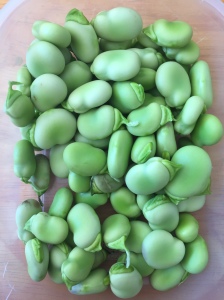




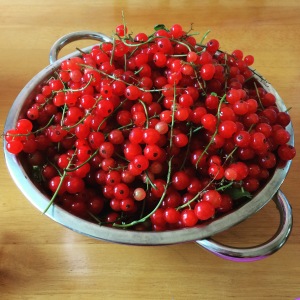
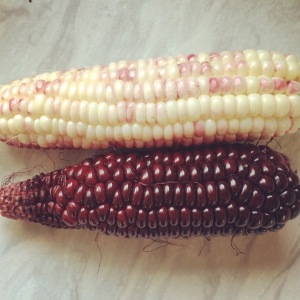


Being able to cook with food you’ve grown from seed feels really wholesome; even more so when you share it with others. As you give, so you receive, and this exchange of surplus feels very much rooted in the human experience of surviving and thriving as connected communities. And it’s not just food that gets exchanged. I was given toys for my daughter to play with, a dustbin incinerator, old but still useful tools, garden furniture and even a huge wire arch to sit under.
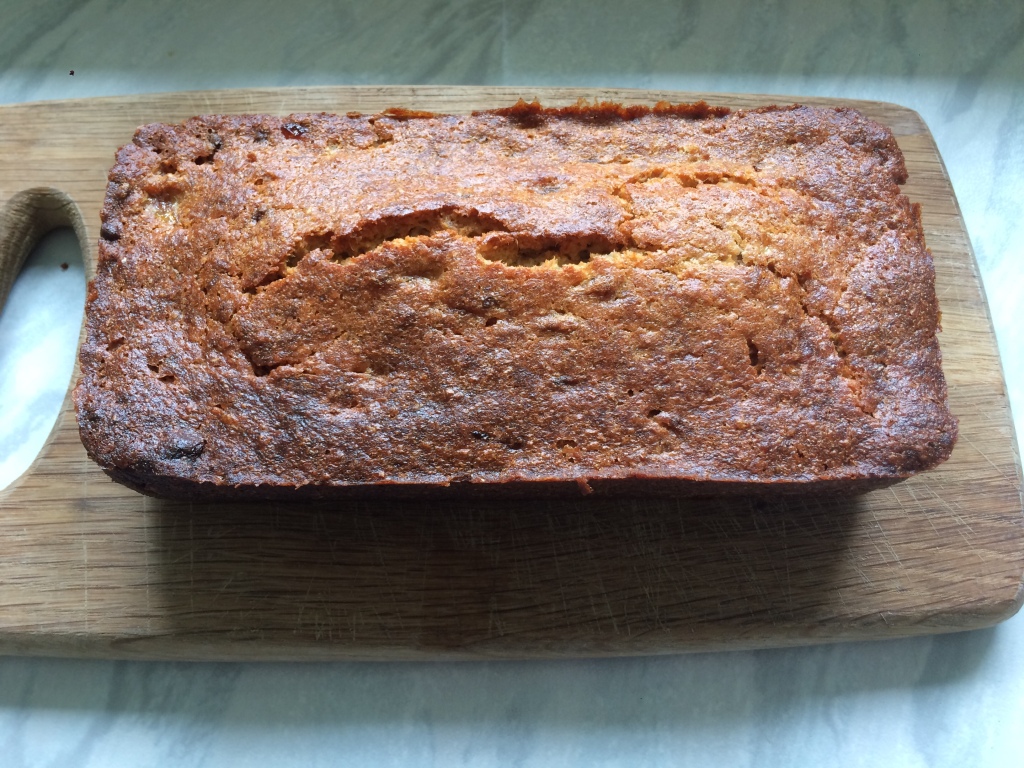

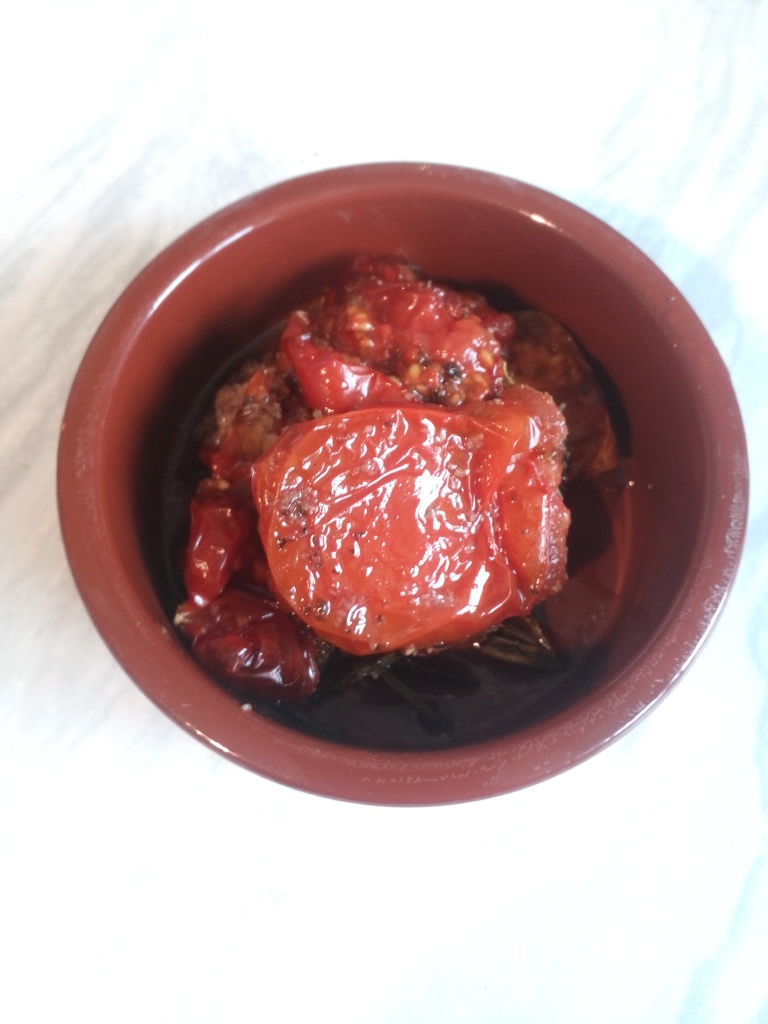
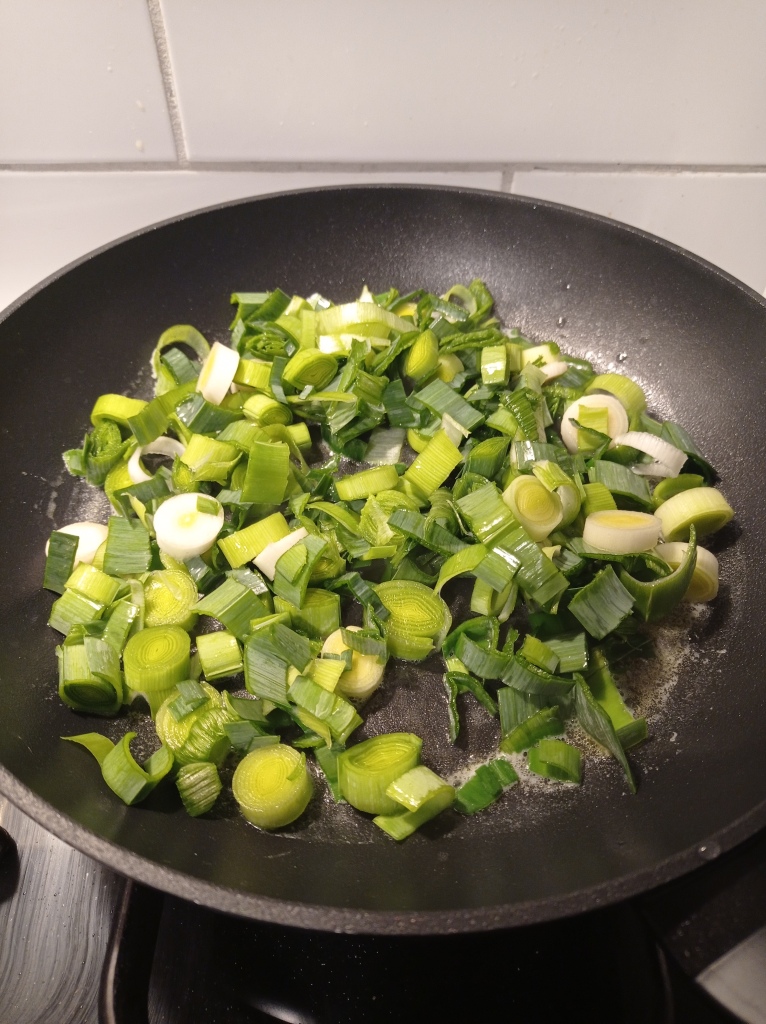
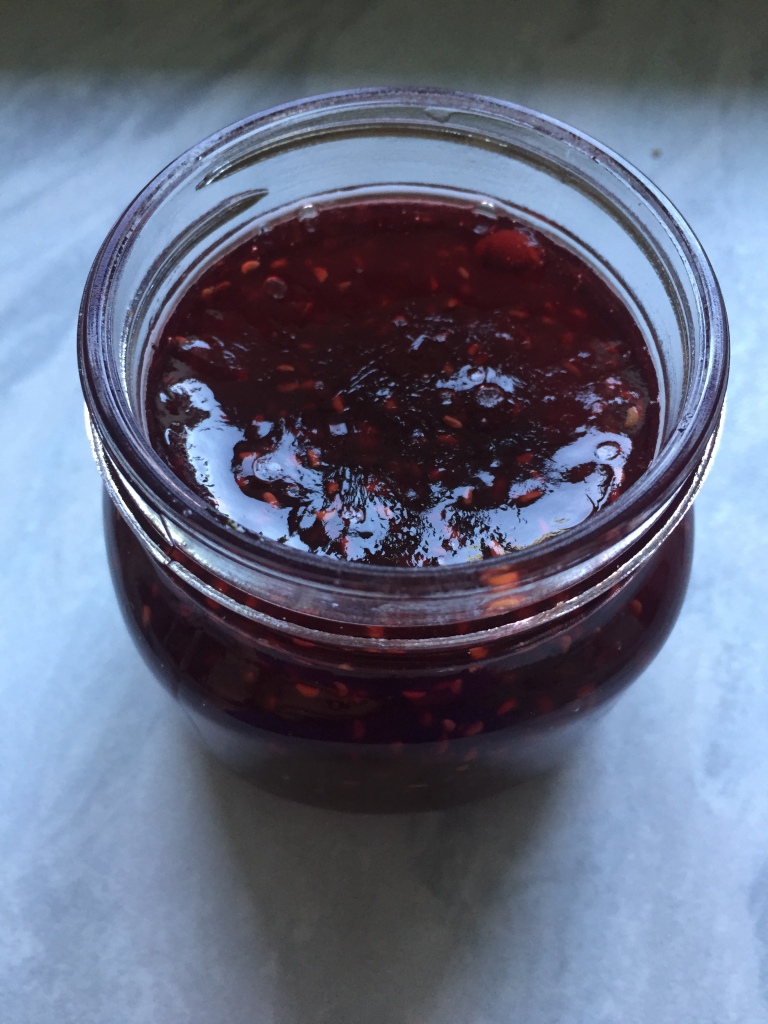




Disappointments
It must be said that amongst all the joy there were a lot of challenges and disappointments. An unforgving side wind wrecked my greenhouse more times than I care to recall. There were failed and forgotten harvests and adverse weather conditions. Seeds that never sprouted. Collapsed stalks. Hungry birds and insects feasting on tender leaves and fruits. These are all things which could have been mitigated by diligent attendance and judicious preparations (for example, staking, netting and spraying crops) but I wasn’t quite able to give it enough time due to my other commitments.
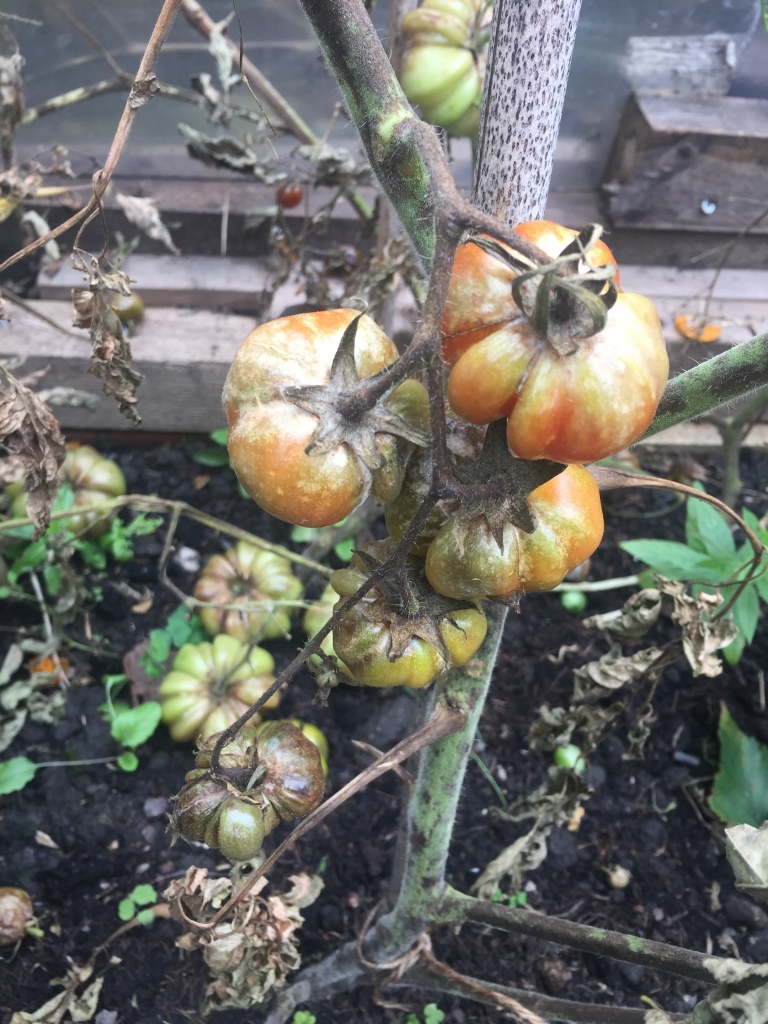
Processing
This was a major learning curve. It was a good deal of fun, but again, huge amounts of work, and not without its own peculiar set of difficulties: spoiled produce, out of control gluts, freezer woes, skin damage from peeling mountains of acidic fruit. When it was good, it was great though. I was able to bring some beautiful produce to the table and sometimes even make whole meals using home grown goods. It encouraged me to try new things in the kitchen too, improving my cooking skills and broadening my knowledge of food.

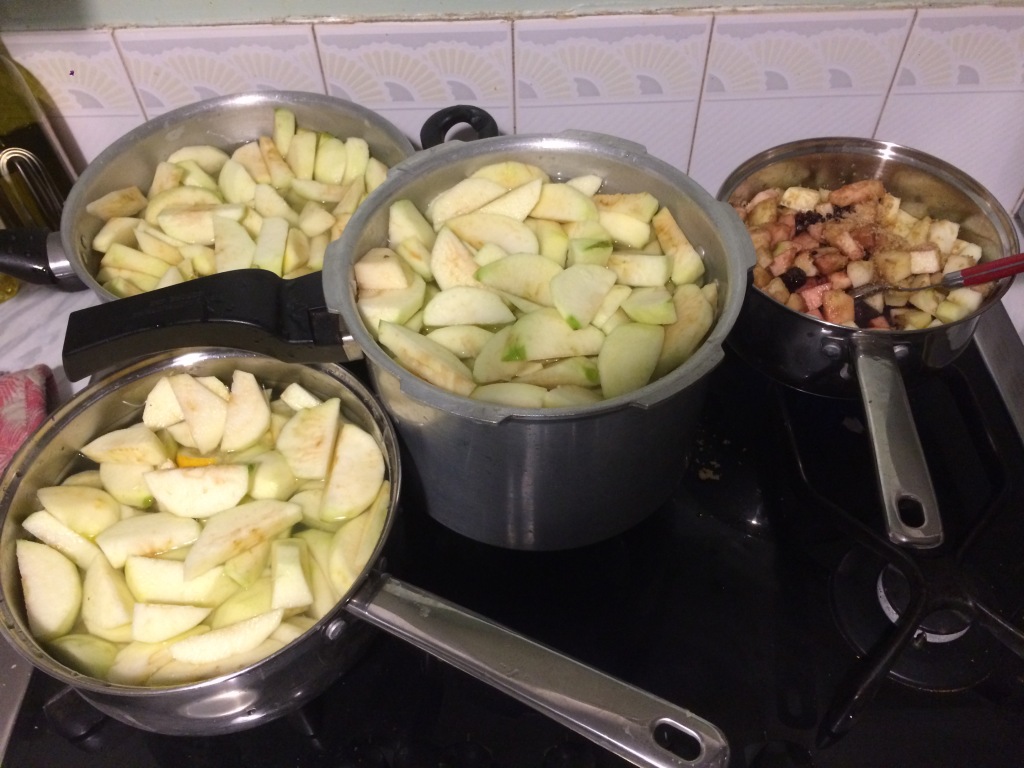


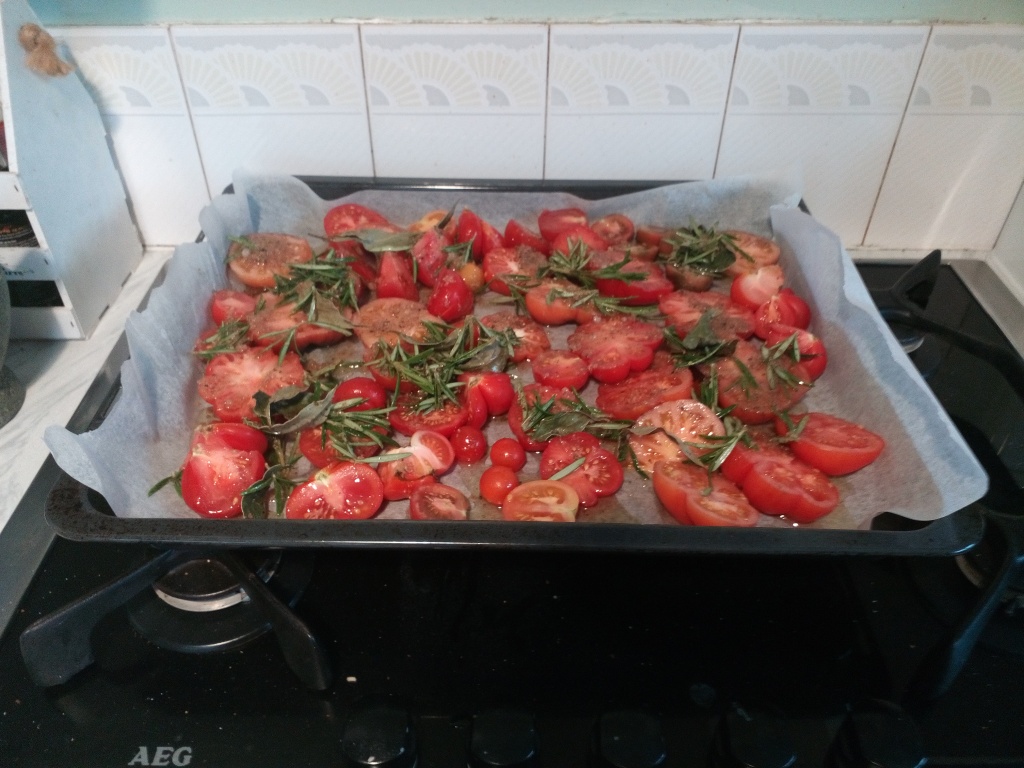



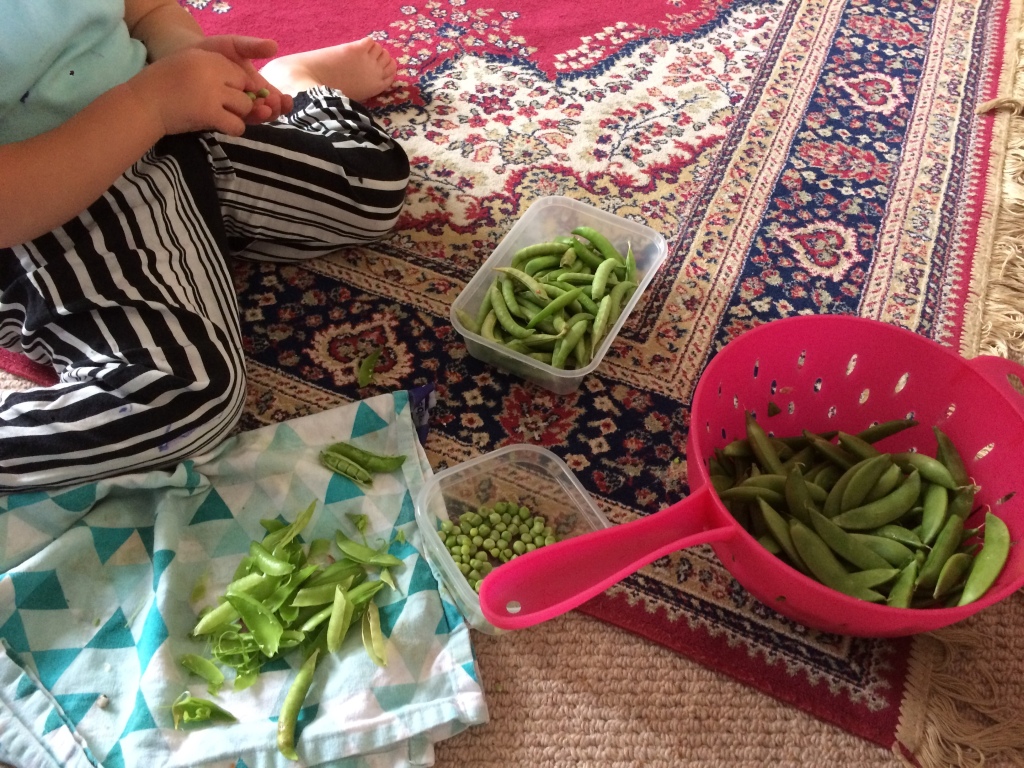
Learning, Building, Adapting
One of my favourite things has been learning. A lot of the time I’ve relied on the wisdom and experience of others: my mum, other plot holders, strangers on the Internet, and naturally, books. I learned how to prune fruit trees, how to mulch a bed, how to build compost bins from pallets, to construct a greenhouse, to repurpose almost any raw material I can find. I read up about the nutrients that are needed for good soil health and how to layer, add and turn oraganic material to make good compost.



I have benefiited so much from learning new skills and putting them to use. But I think the most valuable thing has been trying to make sense of it all; thinking about how we need the earth to survive, and just how vital food production is. Mulling these things over, and sharing the conversation with my family and friends.
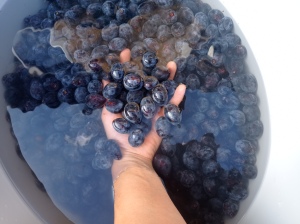
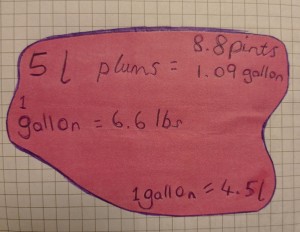



Now What?
What of all this? A few things: total self-sufficiency is an idealist’s dream. Life in the modern world precludes it. We depend on eachother and the networks of a global society. Furthermore, a vegetable garden needs to be attended to daily to be meaningfully productive. It can’t be a hobby you dip in and out of; it’s a way of life. It can be done, but it has to be manageable.
Connecting and collaboration
It’s not just time that you need. You need to be fit and physically able, and you need a squad. After I was incapacitated by being hit by a car in September 2021, I draughted in some willing helpers to ensure that the harvest of damson plums did not go to waste. I sat helpless at the top of my plot with my leg in plaster, as they shook the tree, collected plums and enjoyed good-natured discussions about growing, foraging and cooking. It made me realise how much of a team effort this should be.


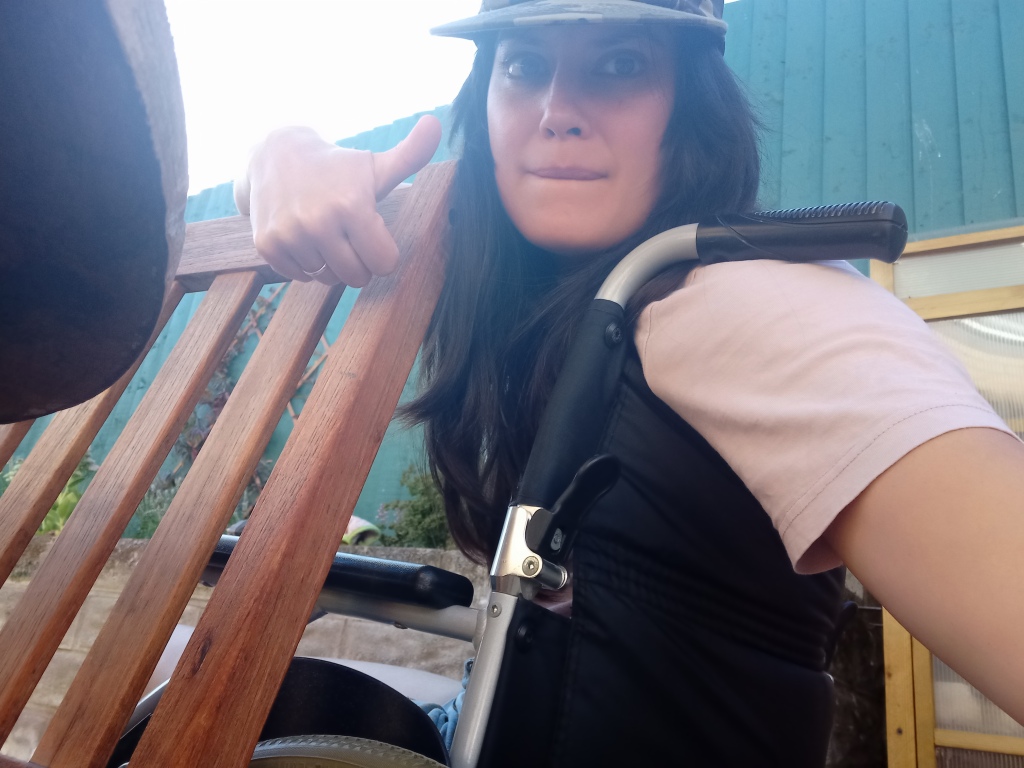
Most importantly, I want it. I can’t go back. Yes, I will shop in supermarkets, consume and discard wastefully, eat takeaways and junk food, just like most other people. That’s modern life, and it’s not interesting to me to engage in the moral judgement side of that. I’m interested in practical, proactive solutions. Ways of shoehorning these things in. it takes effort and it feels rebellious to being home a huge hulking muddy mass of stuff to spend hours processing when you could just go to the shop or order JustEat. But I think it’s great to do it. It’s messy, nourishing and fun. So, the allotment project is on the shelf right now, stored in the shed, fermenting, waiting for the right moment to come back out again and be part of something bigger, better and ultimately more efficient.

The Death of Art
14 JanI have a recurring nightmare. It’s the build-up to the RCA Degree Show and I don’t have any work – nothing at all to exhibit. Everyone else has their space and is installing their work, and I’m wandering around, trying to figure out how to tell the tutors that I won’t be showing anything. It’s a conscious decision – I’ve not done anything, so I can’t exhibit, and I won’t rush to put something in at the last minute. It means I won’t get my MA, but at this point I’m resigned to this outcome, as I watch everyone proudly and busily making their final show, the culmination of two years’ work at one of the most prestigious art schools in the world.
Sometimes the dream varies. There used to be time to fix it, and I’d be in the wood workshop or foundry, trying to get my work made in time. More recently, the time until the opening has been getting shorter, and there’s less point in trying to fix the situation. In one of the most recent dreams, it was after the exhibition, and there was more of a sense of resolution.
For sure, it’s a classic anxiety dream. But it’s interesting to see how my subconscious has gradually forgiven me for my unpreparedness, and allowed me to bypass the Degree Show without having to make any work, or deal with the disappointment, stress and anti-climax.
The reality is, I worked hard, produced some large sculptures that I was reasonably happy with, and enjoyed much of my MA experience. In fact, I was a ‘good’ student – I turned up to crits, was generous and genuine in my appraisal of others’ work, went to shows, engaged with tutorials, wrote a solid dissertation and went to the pub with my fellow students.
Why is any of this important? I’m over a decade away from that so-called ‘springboard’ into the art world; I’ve done my time in ‘the wilderness’ (as someone once described the years in which recent graduates attempt to succeed at being a professional artist) and come out of the other side, into… a sub-wilderness? Certainly not success, and not the ‘scrap-heap’, as I once tearfully put it. Nor is it purgatory, because that would imply that I’m waiting for something, or that I didn’t do something quite right, and that judgment is pending.
I have long since relinquished the desire to exhibit and sell work in a commercial context – years of working in galleries put paid to that – and I have zero interest in ‘names’, ‘networks’ and ‘who’s who’. I stopped going to private views a long time ago, citing anxiety, boredom and hunger as excuses. I’ll never stop being an artist or making and drawing stuff: that’s a given, it’s part of me. But looking around the world as it is today, I just can’t get excited about the idea of an art career, or even looking like a ‘proper artist’… someone who is good at presentation, social media and self-promotion.
The world is a mess. Are we living in a simulation? It really has got that bad, hasn’t it? I dread the moments when I have to talk to my students about their art school ambitions. How do I tell them it’s one big anxiety dream? On the other hand, I still genuinely believe that these people are the ones who can save us. We have to find a way, and it’s not re-training for Cyber.
I’m me. A daughter, sister, mother, wife, friend… Martial artist, vegetable grower, zine-maker, coffee-swilling morning person, hill runner, sea air breather, horizon-gazer, black-eyelinered arty-fringed bookworm, stoic, empath, bird-feeder, hormone-suffering ball of energy and feelings.
I no longer care about the things that I did before. I live by the maxim of my zine, APA APA: any thing of any kind. It’s my fucking magazine, and I’ll put whatever I want in it: no explanation, no judgement. I train almost daily, to become strong, supple and reactive, for a fight I’ll probably never have.
I’ve survived the Death of Art. I believe that this could actually be the most exciting creative time of my life…

Teen Rockers of ’90s Southampton
19 Aug“Half to Cantell, please”
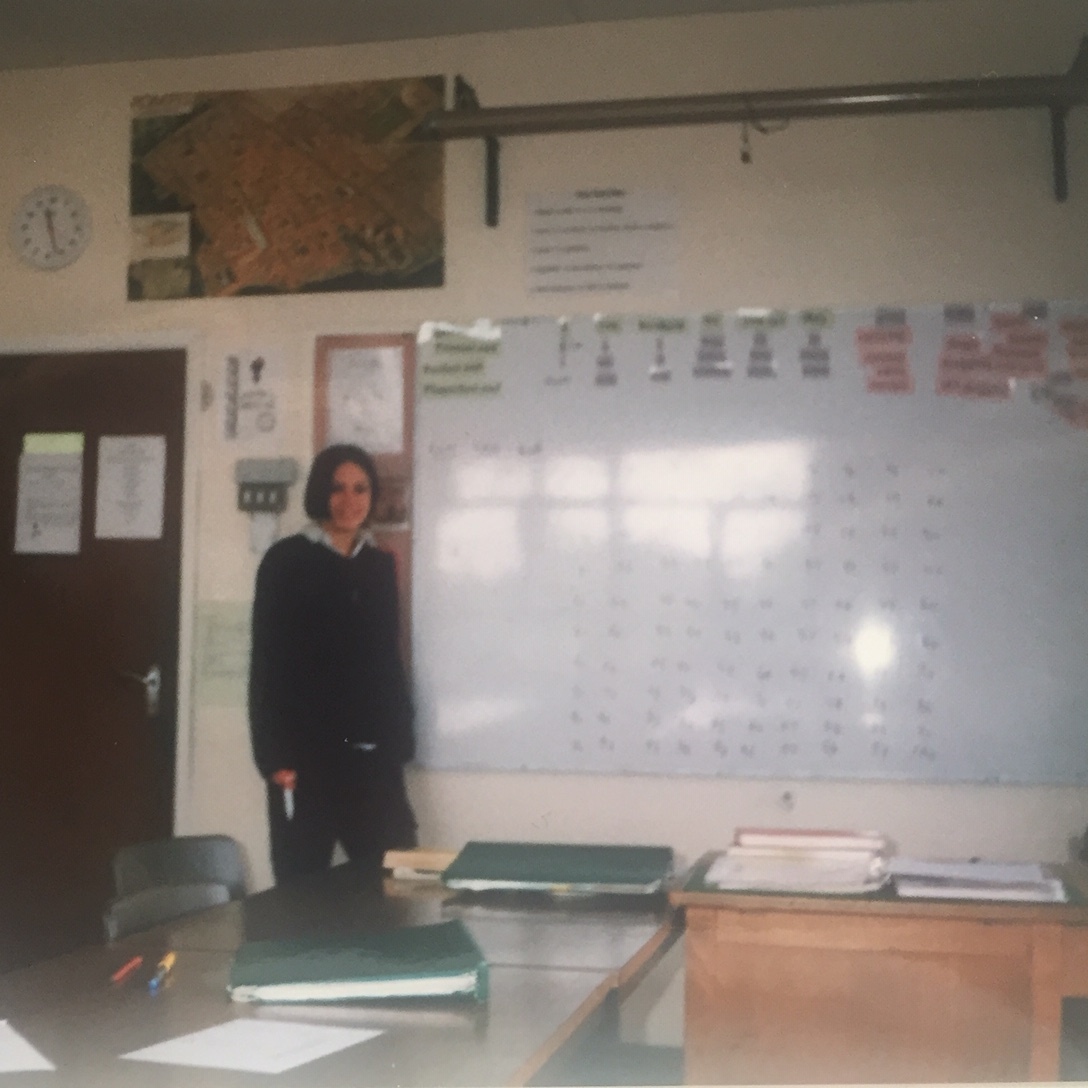
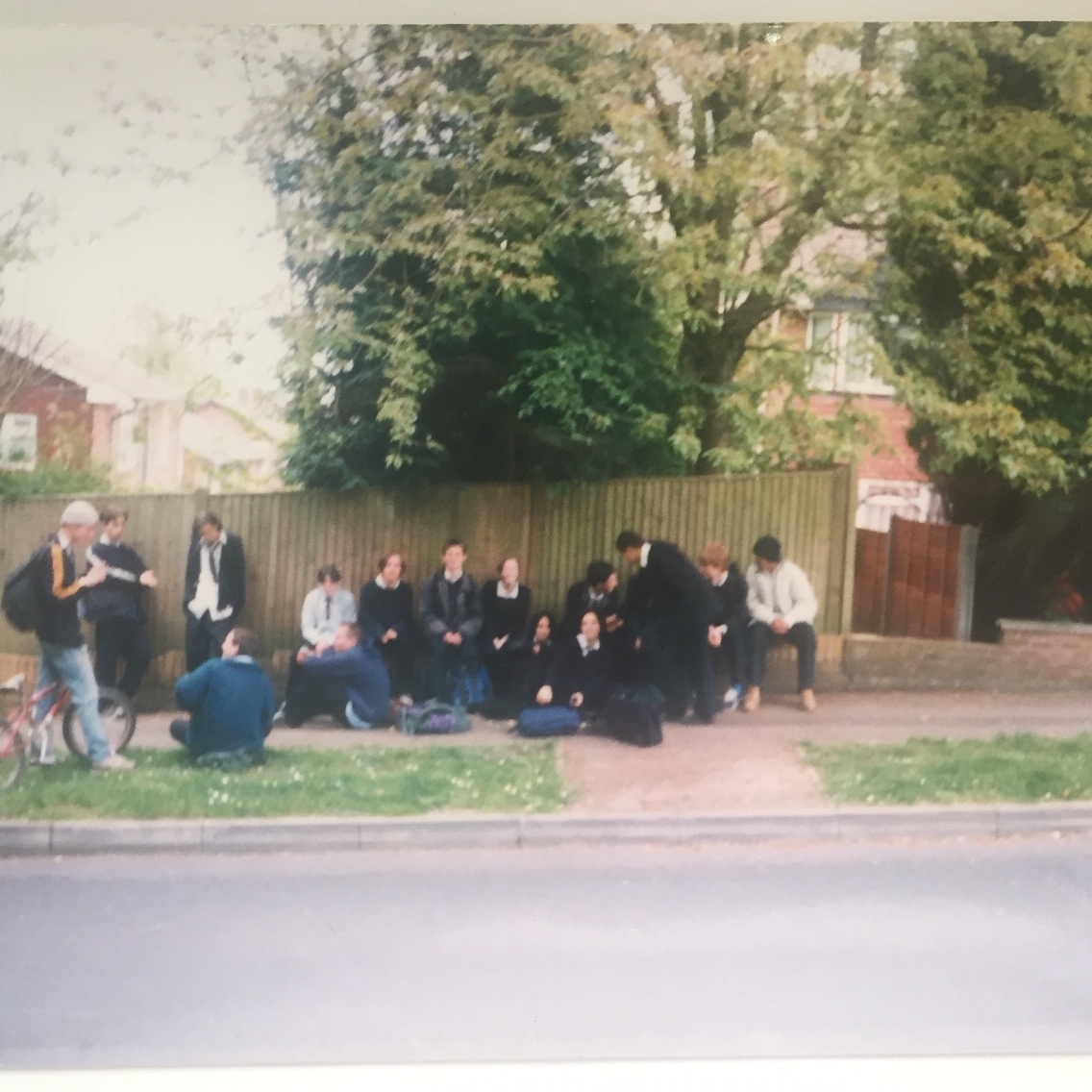

Under-16s paid half price on the bus, so that’s what we’d say to get to school. I guess we were half-pints really, in our scruffy uniforms with untucked shirts, ‘customised’ ties and too-short skirts. Moving up to Cantell, the ‘big school’, was thrilling, meeting new people and properly studying cool stuff like art and Latin (ok, the latter was decidedly UNcool but I loved it and it was unusual for a state school to offer it). This is where I met my band-mates to be; I’m told that it was me, Ben (the drummer) and Dave (bass guitar) that recruited Luke (lead guitar, songwriter, vocals) but I don’t remember.
No Doubt

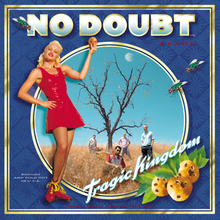

Here’s Ben spontaneously recreating the sleeve of the ‘Tragic Kingdom’ album during one of our rehearsals. And here’s me looking moody with my black Epiphone Les Paul Junior that became my ‘signature’ guitar. It was cheap, un-cheerful, and I loved it. Our influences were more Indie, Rock and Britpop than Alternative Pop, but the phrase ‘no doubt’ seems important now, because that’s kind of what we had. We didn’t over-analyse everything, we just picked the music that we liked and made our own version of it. We enjoyed ourselves.
Lugging Amps up the Avenue
My willing parents shuttled me to and from our weekly band practices, but we would often carry our equipment round ourselves, walking up and down the Avenue (one of Southmapton’s main arterial roads) to Ben’s house with various guitars and small amps hanging off us. We’d invariably get stocked up on necessities like Dunkin’ Donuts, fizzy drinks, chocolate bars and cigarettes to keep us going through the hours that we put in practising. I think the time we hung out together in the breaks was easily as important as the time we spent practicing.
Zan’s Party
My best friend and I had birthdays two days apart. We pretty much did
everything together. We’d join forces to celebrate, having both mutual
friends and the exciting prospect of ‘others’ like us who we had not met,
because we went to different schools. Zan came from a family of theatre people who knew how to put on a party, so we had the local church hall as the setting for this alternative ‘Sweet 16’, and the venue for Simpletonic’s first gig.
I don’t remember much about it actually. I was probably very nervous. I
think it was fun? I guess it felt cool to be up on stage, even if I was hiding
at the back, as you can see in the right-hand picture below, where my face is covered by Luke’s guitar. Look, these were the days when you had to wait until photos were developed to see if they were any good or not.
These are some pictures I took for a Design Technology project, for which I created a metal guitar stand that didn’t stand up, and subsequently resulted in the broken neck of the black Epiphone. It was replaced by another identical guitar. If it ain’t broke…
The Anchor and Hope
It must have been Shirley resident and band lynchpin Luke who got us our first gig at a pub in Southampton. Again, I don’t remember a great deal about it, except my parents being there, and teenage me feeling vaguely awkward about that, whilst also thinking it was quite a coup to get them into a pub and to see them holding drinks.
R.O.A.R
We designed, photocopied (and spellchecked) our own flyers, distributing them amongst friends and I suppose to anyone we fancied or thought were cool. There were a couple of other local bands who we’d share the stage with, adding to what was becoming a substantial network of alternative young people with a will to stand out from the crowd, be part of something bigger, or simply to enjoy the ride.
We ventured as far as Winchester’s Railway Inn and started to actually get paid for gigs. The two set lists I saved (not sure from which gigs) show some of the cover versions we did: Placebo, The Beatles, Stiltskin, Ocean Colour Scene, Green Day.

Finding a Frontman
During this time, we got through a couple of lead singers. Why was it so hard to find one that worked? We finally found the missing piece of the puzzle in Stead. Big, charismatic and funny, he provided the vocal that gave our now competent thrashings the lift they needed, complimented by Luke’s more soulful backing harmonies. Ben’s percussion was precociously tight, Dave’s bass playing robust, and combined with my my chord-bashing, we made a pretty decent rhythm section. Lead guitar parts got heavier and the atmosphere of the music darkened as we felt the seductive power of alternative rock, leaving behind some of the whimsical and Britpoppy influences in favour of pure distortion-buzzing energy.
Laying it Down
As I coasted on the others’ ability to play their instruments well and continued to hide at the back of the stage, the guys organised for us to record some demos. And so we all traipsed into the Orange Rooms in St. Mary’s, a run-down part of town near the city centre which was a stone’s throw away from The Joiners, Southampton’s main longstanding serious live music venue. We’d laid some stuff down before, but this was proper – we paid for studio time and worked hard towards getting a professional sound that we could be proud of. And I still am, actually:
“Watch out for us!”
I spotted Steve Lamacq at a Silverchair gig in London (The Astoria?) and pranced over to him without hestitating, opening with ‘You’re Steve Lamacq!’ and, seeing his nonplussed expression, hurriedly following up with a pathetically over-confident plug for our band, ending something like ‘We’re going to be big, watch out for us!’. Having a decent demo and a bunch of gigs under our belt made us feel pretty confident I guess. And we all wanted more, but we wanted it differently. The social avenues that had opened up to us ended up being the places where we lost our way – as a band, anyway.
Creative differences
House parties, relationships being forged and broken, ‘wanting to focus on my A Levels’ (uber-cool me, again) and gig money going up in a puff of smoke. What teenage band could survive all that? I remember feeling like my ideas weren’t taken seriously during our songwriting sessions, and I felt awkward and silly setting up my equipment on stage, like I shouldn’t really be there. The irony is that I was probably quite good by then, and I’m pretty sure my bandmates liked and respected me – so why was this ‘rock chick’ so low on confidence?
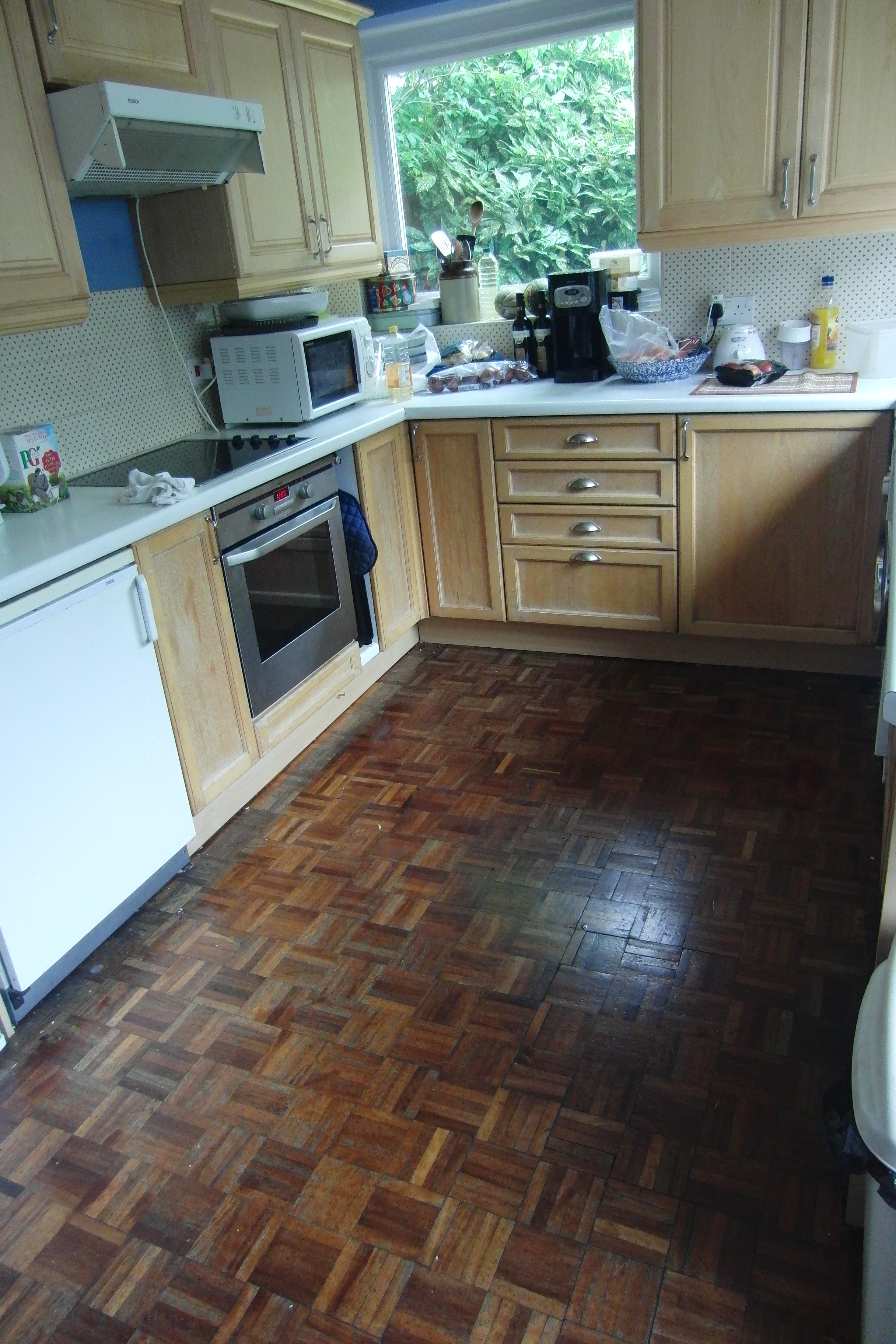
This was the kitchen in our family home, where I would make my ‘milky coffee’ with instant Nescafe in the microwave, and a bacon sandwich on wholemeal Hovis with ketchup before my best friend ‘called for me’ and we stamped across the Common to our 6th Form college.
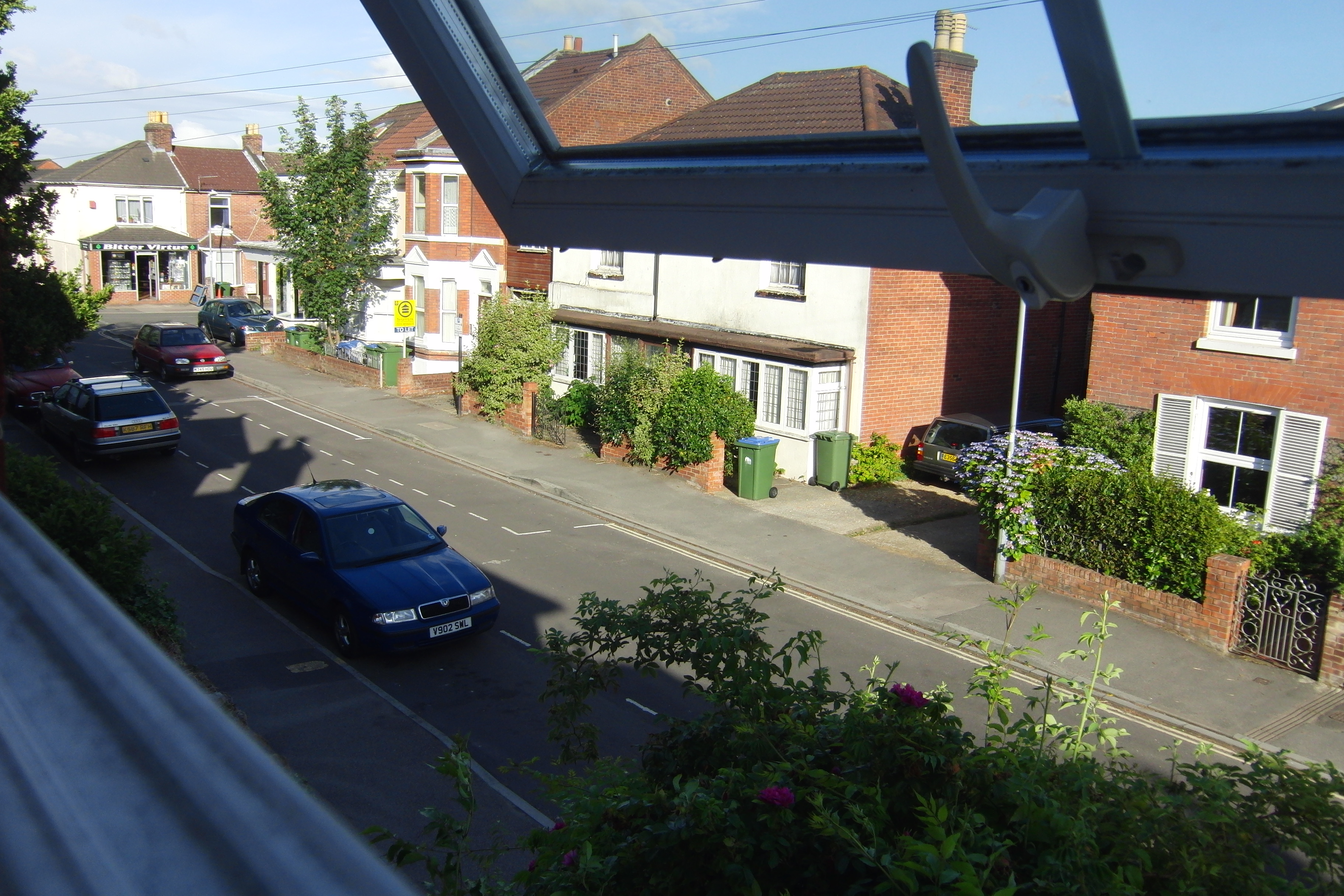 Next, the view from my bedroom window, onto the street where we would roam in search of people, music, ideas, any kind of newness; from which I would hear the drunken cries of my school friends as they headed back from the Common, where we would gather, sit in a circle drinking cheap cider and sweet, chemically fortified wine, going ‘twos-up’ on our last cigarettes.
Next, the view from my bedroom window, onto the street where we would roam in search of people, music, ideas, any kind of newness; from which I would hear the drunken cries of my school friends as they headed back from the Common, where we would gather, sit in a circle drinking cheap cider and sweet, chemically fortified wine, going ‘twos-up’ on our last cigarettes.

Finally, the door, from which I left, day after day, searching, building, connecting, creating; where my friends came for the brief forays into ‘parent territory’ before we embarked once again on our adolescent escapades. 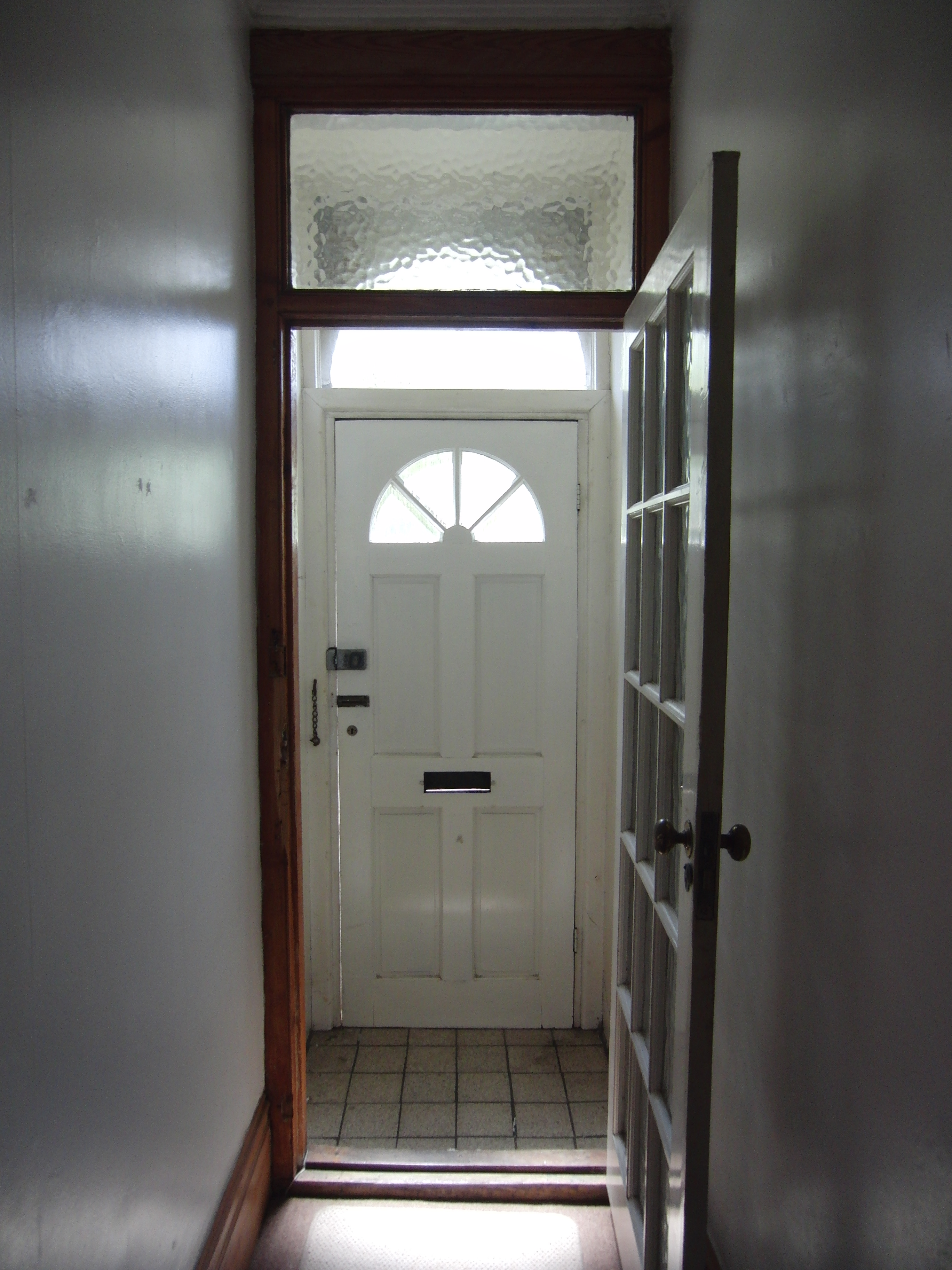
To which I returned, to my safe and loving home, where I slept and played my guitar and sometimes sang, when I thought no one could hear; where I played the compilation tapes that were given to me, earnestly, hopefully, achingly tenderly, by innocent boys.
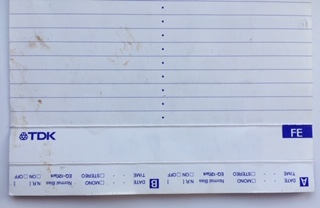
From which I left again, further this time, and then further still, to other cities, homes, ideas of me; but mostly to other versions of family and the circle of friends I had, in this city that made me.
A Lot Has Changed
12 JunFive years have passed since my last post. I’ve been light on my feet, ducking and weaving through major life changes – births, marriages and deaths, several house moves and finally finding a place to call home here in Cardiff.
Someone once said to me (I can’t recall who) that if you change your location, and end up doing the same things you have in other places before, you’re probably doing what you’re supposed to be doing. You might argue that you could be making the same mistakes in different places. But I like to think that in the face of change, some things remain constant, and for me, those things have been good.
Art, training and allotment-ing are my top three activities on top of the foundation of family and friends, and outside of the realm of work. All of them are physical, skilled and to do with creating, growing and striving. There seems to be a balance between making, doing, thinking and feeling that pervades all three, a mixture of complementary elements that I need to feel fulfilled.
The most recent move has, for some reason, really highlighted how these things are linked. I’ve left behind the compartmentalisation of previous years. More importantly, I have become less interested in the ‘make / show / add to CV’ trajectory that art school and the London art world had tainted my vision with. My approach is more organic now, it’s more meaningful and fun, and even though I’m putting in fewer hours in the studio, I’m getting much more out of it.
I’ve made connections with people who are doing things I respect, and that I enjoy spending time with, rather than standing around with an unwanted beer at gallery openings, not looking at art, watching strangers looking over eachother’s shoulders to see who’s who, and thinking about dinner. Collaboration has been a buzzword in recent times, and I think there’s a good reason for that. Like the relational and educational turn in contemporary art, if used with intelligence, integrity and empathy, it can be a genuinely powerful thing.
It’s not Immigration Street. It’s Memory Lane.
20 MarIdly channel hopping one night I stumbled upon Channel 4’s pseudo-documentary, Immigration Street. I had remembered the surrounding furore in the media from when it was being filmed in my home town, Southampton. I had hoped that the controversy would prevent it from going ahead, and duly forgot about it.
Due to the inflammatory title and controversy over the production company’s previous series, Benefits Street, this was never going to be a balanced and reasoned discussion on the subject of immigration. Nor was it likely to be a positive representation of the area of St. Mary’s, Southampton. It started off innocently enough, but as the programme progressed, it descended into chaos. Clearly out of their depth, the production team defensively struggled to keep control amid growing dissent, culminating in disturbing scenes of violent unrest in the community. The selective editing reminded me of Martin Parr’s sneering lens, disingenuously protesting objectivity while pouring ironic condescension on unknowing subjects (otherwise known as people).
Sam Wollaston’s review in the Guardian described it as “depressing” and “like a snowball of hatred and mistrust and inward-looking irony rolling down Derby Road”.
For me, though, it was more personal. As I watched, tears smarted in my eyes; I felt the kind of furious, swirling, impotence which springs forth from your gut when you’re cornered and you can’t fight back. For Love Productions had not only misrepresented and disturbed and entire community. They had trampled over a part of my history. Then, unable to harvest more content, they had fled with their tail between their legs.
By way of setting the internal record straight, I took a walk down to St Mary’s with an old friend, fellow mixed race Southampton native and blogger, Ms. Mongrel. We procured samosas and Indian sweets from Banga newsagent, as I had many times before.
 I was pleased to find it largely unchanged, save for the addition of new fangled items, such as an automatic coffee dispenser and credit card machine. Samosas were still stacked high, meat on one side, vegetarian on the other; never the twain shall meet. We enjoyed a convivial picnic in the Shah-mobile while discussing the area, the city, our childhoods and the general state of ‘things’, as we have been doing for some 20 years now.
I was pleased to find it largely unchanged, save for the addition of new fangled items, such as an automatic coffee dispenser and credit card machine. Samosas were still stacked high, meat on one side, vegetarian on the other; never the twain shall meet. We enjoyed a convivial picnic in the Shah-mobile while discussing the area, the city, our childhoods and the general state of ‘things’, as we have been doing for some 20 years now.
- Happiness is a warm samosa.
- Jalebi, the sweetest of all sweet things.
I told her of how the school hall, in which the protest meeting was held in the program, had been many things to me. My father was the headteacher of the school and had devoted his whole working life to it. I played there during the holidays. I helped to dig the pond. I participated in a dance class with the other children (we did the Monster Mash). I enjoyed my dad’s brilliant performative assemblies, in which he used secular songs from his own upbringing to educate and engage. Later, I had worked there – many happy hours creating displays from sugar paper, laminating worksheets and tidying the children’s library. I had debated the colour of the curtains, the use of Barbie in educational books and discussed the Bradford riots with members of staff there. I attended my dad’s retirement event in that same hall, deeply moved by the extent of goodwill, and the underlying foundation of inter-faith and inter-racial collaboration. So, to see it as the backdrop for this circus was upsetting.
Ms. Mongrel and I finished our snacks and strolled contentedly up the road. We reflected on our parents, and how their inter-racial relationships were received within their families. We reminisced about a school trip to the Sikh Temple, and pondered what a strong impression our staunchly multicultural upbringing and education had made on us. We discussed how the programme was a missed opportunity for a potentially fascinating and valuable study of race relations in the area. “Derby Road had this conversation 20 years ago.” MM continued, “This road is not so different to anywhere else in the area.”. I agreed, “It’s a bit rough around the edges, but it’s normal”. The conversation about race and immigration is complex, sensitive and ongoing. I don’t have the answers, but I do know that this kind of “misery porn”, as MM put it, should not be part of it.
We are lucky enough to consider ethnic diversity so normal as not to cause comment. But it is all too easy, when surrounded by like-minded people, to forget that not everyone has the same view. My first non-media filtered sightings of UKIP support, in the form of a poster in someone’s window and, surreally, an empty UKIP bus trundling up The Avenue at night, gave me a chill.
Memory is important to me, and so is where I come from. My time in Southampton reminded me that the city has work to do in terms of its recovery from recession, and the commercial homogenisation that many British towns have suffered in recent years. But what it needs is positivity and the right kind of investment, not media hacks looking to boost viewing figures with their emotionally bankrupt agendas.
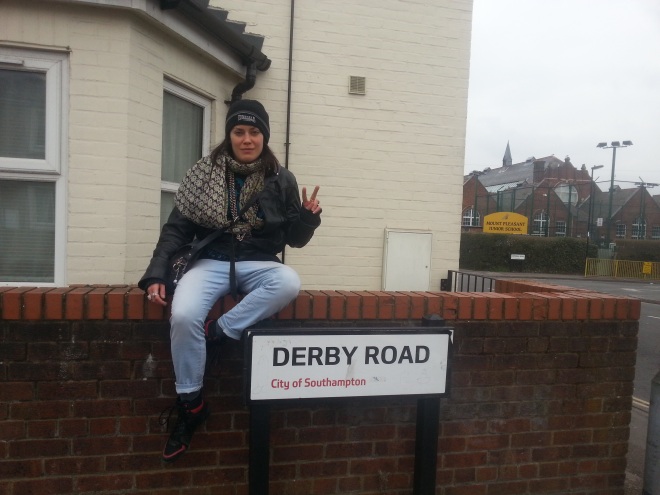 With special thanks to my collaborator and friend: https://msmongrel.wordpress.com/
With special thanks to my collaborator and friend: https://msmongrel.wordpress.com/
Getting better
7 JanGreat post from Ms. Mongrel on the virtues of practice
Practise. Practise hard. Don’t just visualise or plan, or list or fret or anticipate… practise.
There is an energy around you and it can only reach actualisation through your activity. The words are there, but you have to write them, the colours are there, but you have to paint them, the evidence is there, but you have to find it. You can imagine the results every minute of every day but that will not bring them into reality. You have to achieve them.
So practise.
Practise singing in the car. Practise poetry on the back of receipts on buses. Practise drawing in the condensation on windows. Practise drumming on… anything. Practise your lines. Practise your perfect side swept half-updo with curls. Practise your sewing. Practise your serve. Practise being friendly. Practise love, by loving yourself.
In your mind’s eye, the opportunities are there for the taking. So why aren’t you…
View original post 25 more words
Will Wunders Never Cease?
5 Oct
The Kunstkammer, or Cabinet of Curiosities, at the Kunsthistorisches Museum in Vienna, is a magnificent storehouse of extreme opulence; a muscular, unapologetic ‘fuck you’ to functionality.
I am no expert on the Habsburg dynasty and their collection of treasures, but what I do know is this: the Kunstkammer houses some of the most mind-bending craftsmanship, imaginative flair and artistic mastery you will ever see in a single, concentrated display.
From intricate ivory and limewood carvings, to cast, hammered and gilded metal; pietre dure inlaid marble panels, showpieces embellished with precious stones, lively and expansive tapestries, fine marquetry cabinets and those ever mysterious rock crystal vessels, their solidity offset by their timeless translucence.

Rock Crystal Vessel “Opinions diverge widely as to the origin and date of the faceted monolithic rock-crystal vessels with their handles carved out of the same block. Analyses of form and cutting technique have so far not led to clear results.” – no pun intended, I’m sure.
In addition to the virtuoso skill of these extraordinary creations, there is an added dimension of wonder in the inclusion of objects from nature and the way in which they are showcased within the designs. These items indicate the fascination with exoticism, rarity and the act of exploration and knowledge gathering in far off lands, which was gaining momentum during the C16th – C17th. They express the excitement that flora and fauna which had never been seen in Europe before would have aroused, the desire to discover and examine, but also to contain and control.

Rhinoceros Horn Goblet with Lid (The Kunstkammer, p.202) The author considers acquiring a similar vessel for morning coffee – nothing could faze you after starting the day with that.
There are also jarring double-bluffs and layers of mimicry – animal horn carefully carved to resemble coral, and then real red coral, cut, carved and polished into tiny figures and grotesque monsters; pearls piled upon pearls to create a coral reef which becomes a tableau for the display of a perfect coral ‘tree’, in turn serving as an armature for an abject yet exquisite crucified Christ. Scale is done away with, as small rocks become towering mountains the curve of a nautilus shell becomes the breast of a cockerel, and a captive ostrich appears to strain under the weight of a real ostrich egg, three to four times the size of its bearer.

Ostrich Egg Goblet, Clement Kicklinger (master craftsman from 1561-1617, Augsburg) [The Kunstkammer, p.168-9]

Handstone with the Resurrection of Christ, Caspar Ulich (active 1555-1576, Joachimstal) [The Kunstkammer, p.186-7]
The Kunstkammer: Treasures of The Habsburgs; Haag and Kirchweger, eds.; Brandstatter; KHM Wien; 2012
Coloured Flesh Which Quivers
5 MayA closer look at Degas’ Little Dancer Aged Fourteen reveals the torturous effort and psychological intensity of physical training.
In Simon Wilson’s Tate Gallery: An Illustrated Companion, he quotes critic Nina de Villars:
‘Suffering is necessary to arrive at the airy lightness of the Sylph or the butterfly; what we see here is the sad reality of the profession; the pale, sickly face is contorted with effort … I experienced in front of this statuette one of the most violent artistic impressions of my life …’ (1)
Joris Karl Huysmans, idiosyncratic C19th novelist and sporadic critic of Impressioinst art, described it thus:
‘Both refined and crude with its functional clothes and its coloured flesh which quivers, furrowed by the working of the muscles, this statuette is the only truly modern effort in sculpture that I know of.’ (ibid)
On a recent trip to the Belvedere Museum in Vienna I wafted through the interconnecting rooms with a vague feeling of urgency, that the best was yet to come. On entering the final room I stopped, centred myself and circled around the apparition before me: Rudolf Belling’s three-quarter bronze statue of the boxer Max Schmeling.
The embodiment of strength and determination, both Belling’s boxer and Degas’ Dancer have style and poise which are shot through with physical power – the power of muscular memory, of discipline, strain and repetition.
(1) Simon Wilson, Tate Gallery: An Illustrated Companion, Tate Gallery, London, revised edition 1991, p.99 | https://www.tate.org.uk/art/artworks/degas-little-dancer-aged-fourteen-n06076/text-illustrated-companion
Worlds in Stasis – The Charms of Glass Paperweights
25 JanIn her analysis of paperweights and snow globes in relation to kitsch, Celeste Olalquiaga notes:
“Dream spheres” provide a unique medium for … evanescent recollections and fantasies, replicating in their glass and water distortions the amorphous state of half-consciousness” (p. 62)
The phrase “dream spheres” was apparently coined by King Ludwig II of Bavaria (1845 – 1886), a truly eccentric aesthete, whose bizarre activities and mysterious death have made him something of an enigmatic cult figure. The fact that he invented this term, or that it has been attributed to him, is entirely appropriate. Glass paperweights are objects of wonder, worlds in miniature, “crystal globes to look at the past, not the future” (Colette de Jouvenel, in Olalquiaga, p.66).
Aside from their obvious and simple function, they may become objects of contemplation, sites to absorb and distil your gaze as you collect your thoughts. They are therefore as much at home in any contemporary workspace as they would have been on an effete Parisian wordsmith’s writing desk, at the height of their popularity in the mid-late nineteenth century.
Almost every person that approaches my desk will pick one up, pausing for reflection, and turn it over and over their hand. Their words speak of everyday tasks, but their faces are a picture of reverie, even if only for a fleeting moment. Perhaps the “the sense of suspension and containment conveyed by glass globes” (Olalquiaga, p.65) provides a momentary haven for the busy mind, an enclosure of silence and shifting, translucent colours.
These inexpensive and unassuming little globes have a rich history and an even richer technical lexicon. Millefiori means “a thousand flowers” in Italian. These canes are used extensively in modern glass paperweights, but ancient people knew how to fuse, stretch, cut and encapsulate coloured glass rods to make fine pieces of both functional and decorative art.
 Roman millefiori bowl at the Getty Villa, Los Angeles; modern millefiori ring (Muranese), Bermondsey Antiques Market.
Roman millefiori bowl at the Getty Villa, Los Angeles; modern millefiori ring (Muranese), Bermondsey Antiques Market.
Gold-trimmed Roman mosaic glass fragments at the Getty Villa, Los Angeles.
Olalquiaga further notes:
“Far from being a modern invention, coloured glass globes date back to Egypt, where they represented the Sun, and have been attributed magical and religious powers through the ages. They hung from windows as “witch-balls” to ward off the evil eye in northern Europe; they were used as millefiori beads in Africa to indicate social rank; and as “Venetian balls” they decorated French-style Italian gardens in the seventeenth century, where their colour replicated that of natural rocks…” (p.56- 57)
To the uninitiated, the words used to describe the process of making these highly charges objects are nothing short of poetic. I have therefore compiled a selection of paperweight-specific terminology from Anne Metcalfe’s book Paperweights of the 19th and 20th Centuries, for your linguistic pleasure:
Annealing: Cooling slowly so the paperweight does not crack
Aventurine: Usually a gold colour, but can be red or green or blue according to what metallic particles are added to the mixture; also known as goldstone
Filigree: Twisted opaque white canes or twisted coloured canes
Floret (florette): A large complex cane, resembling a stylistic flower head
Flash: A thin layer of transparent colour
Gather: This is the large blob of glass that adheres to the pontil rod when it is put in the furnace
Latticinio: Lengths of white opaque twist glass, sometimes called filigree, muslin or lace
Marbrie: A paperweight decorated with feathering, usually coloured loops on white
Marver: A flat metal surface on which the gather of glass on the pontil rod is shaped by rolling it backwards and forwards
Pontil rod: The iron rod used for gathering glass and subsequently fashioning it at the glassmaker’s chair
Rosette: Cluster of canes
Torsade: A latticinio and filigree twist encircling a paperweight motif, particularly mushrooms
That distant look which descends on people like a gentle fog when they contemplate these “dream spheres” is the annealing of their thoughts. Glass paperweights are kitsch’s answer to the Scholar’s Rock.
Molten Color: Glassmaking in Antiquity. October 8, 2010–ongoing at the Getty Villa, Los Angeles. http://www.getty.edu/art/exhibitions/molten_color/
Paperweights of the 19th and 20th Centuries – A Collectors Guide, Anne Metcalfe. Octopus Publishing Group Ltd., London, 2000
The Artificial Kingdom: A Treasury of the Kitsch Experience, Celeste Olalquiaga. Bloomsbury, London, 1999.
